McLaren has finally confirmed technical details of the high-output hybrid powertrain of its new Speedtail hypercar.
The Woking-based firm has previously said its 250mph flagship packed a 1036bhp petrol-electric system, but has given no further details in the 18 months since it was revealed. Now, though, it has been confirmed that underneath the Speedtail's swooping rear deck is an evolution of the firm's twin-turbocharged 4.0-litre V8, mated to a high-capacity electric motor.
The petrol engine is said to feature technology first applied to McLaren's previous hybrid hypercar, the P1. With a lighter air intake, reconfigured cylinder head cooling system and redesigned pistons, it alone produces 747bhp and 590lb ft, up from the 727bhp and 531lb ft produced by the P1's 3.8-litre unit.
The electric motor, contributing more than 308bhp, uses similar technology to that found on Formula E racers. It takes its power from an "extremely compact" 1.6kWh battery pack, which has a power density four times greater than that of the P1's battery pack and is said to deliver "the best power-to-weight ratio of any high-voltage battery available today".
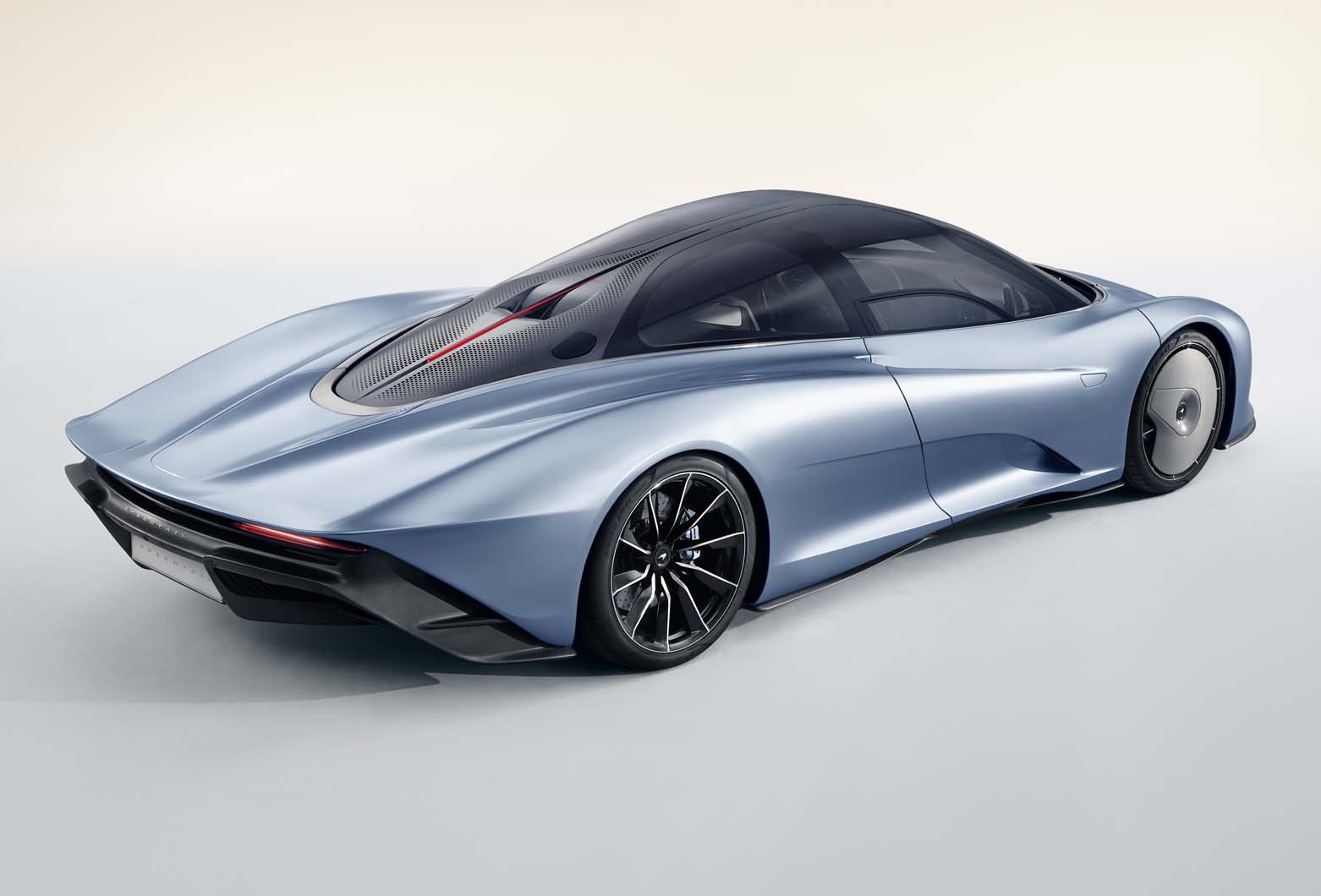
At the Speedtail's unveiling, McLaren claimed this powertrain would be capable of pushing the car to 250mph, a feat it eventually achieved at the end of 2019 as it conducted final high-speed tests at the Kennedy Space Centre in Florida.
The new machine is the latest in the Woking marque’s Ultimate Series and is the spiritual successor to the 1992 F1, featuring a similar three-seat cockpit with a central driving position. The Speedtail will be produced in a limited run of 106 models, matching the production run of the F1. All have already been sold at a cost of at least £1.75 million plus taxes each.

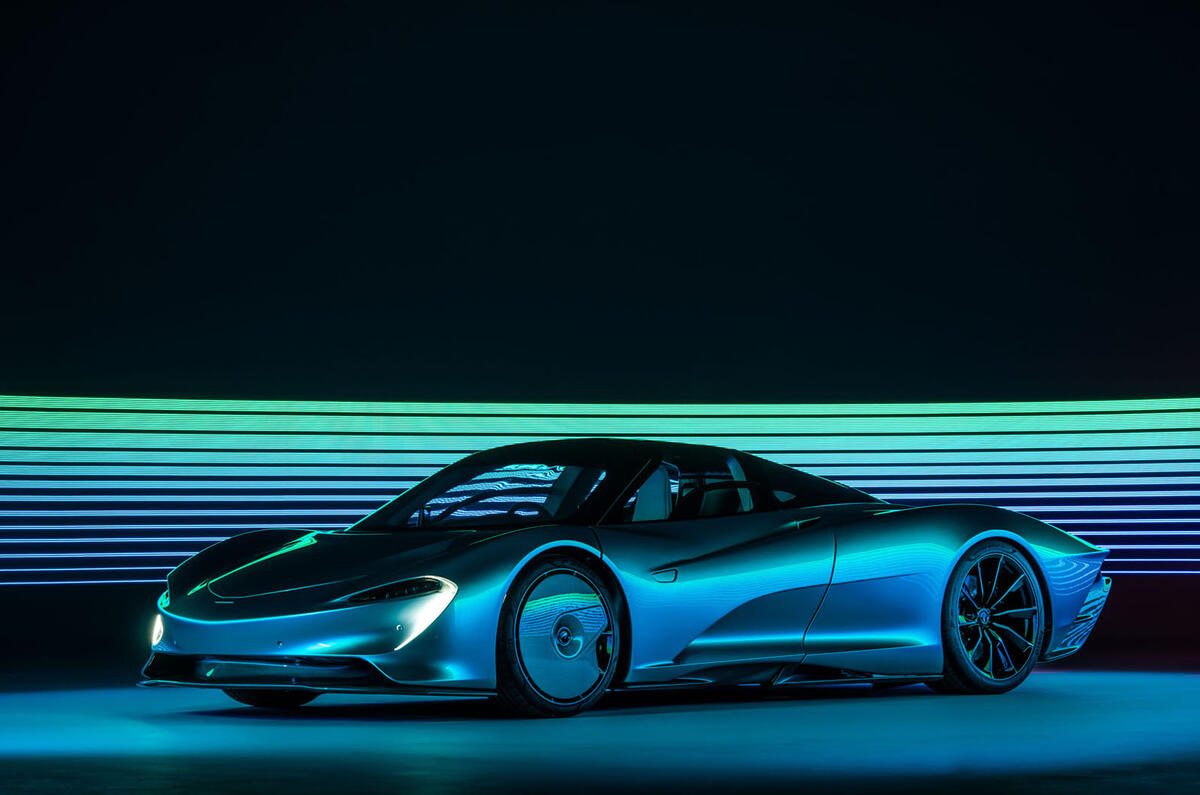
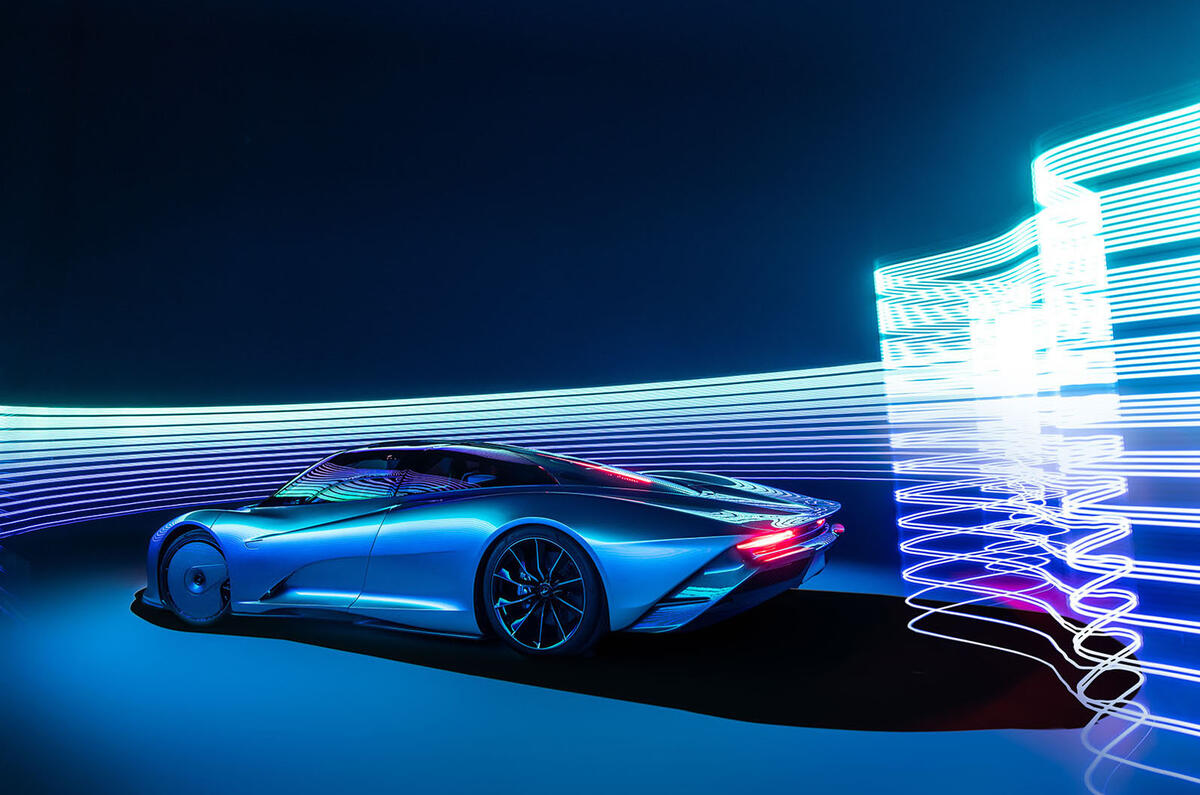

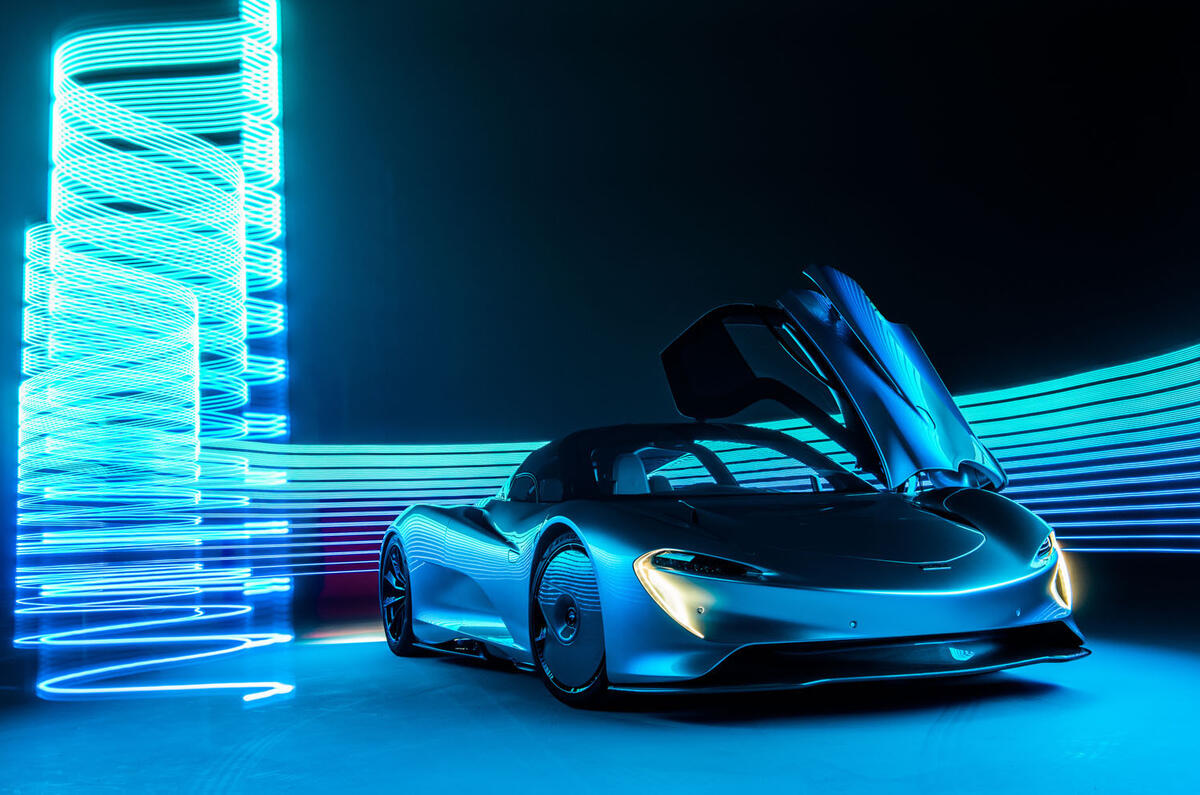
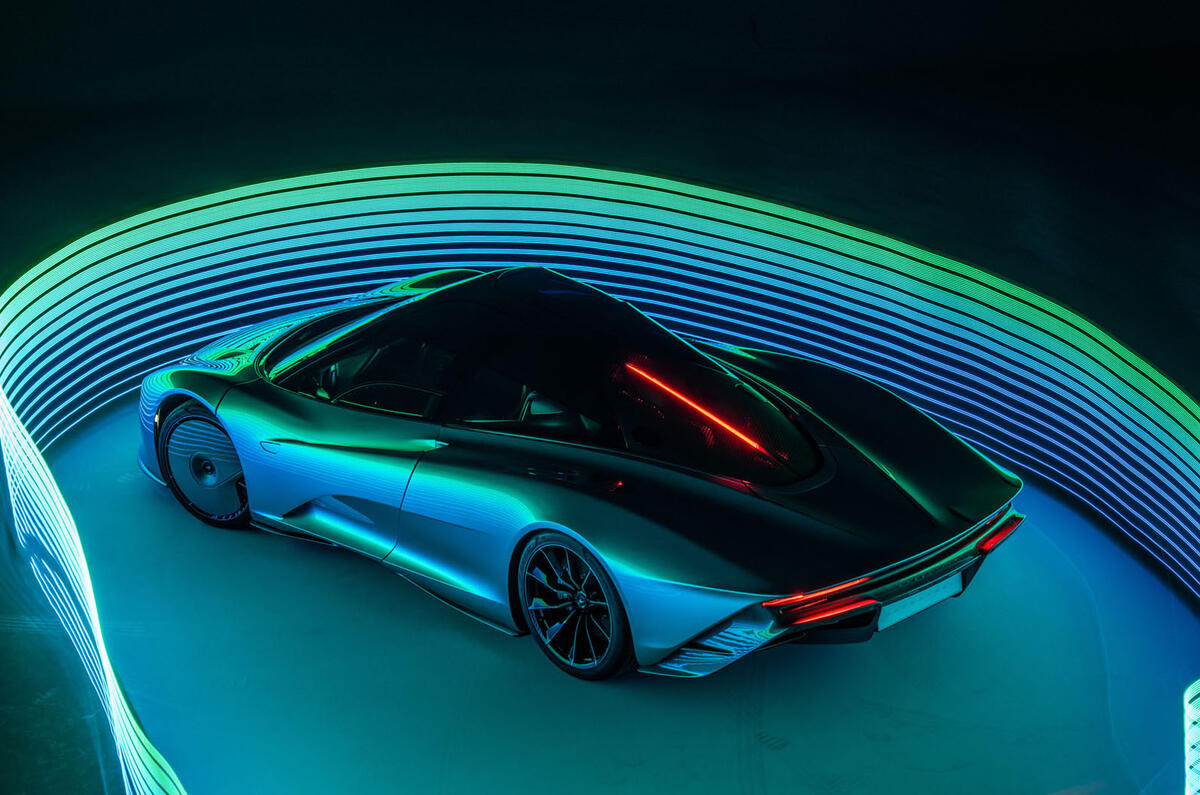
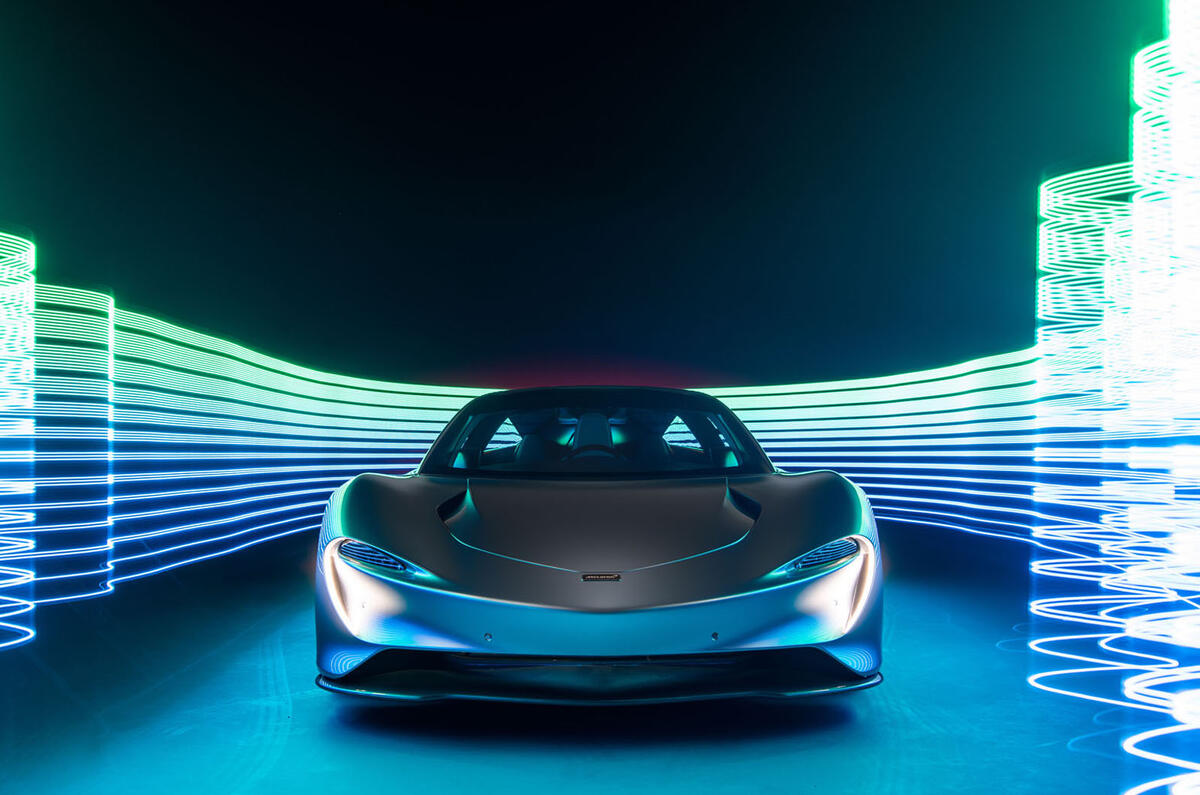
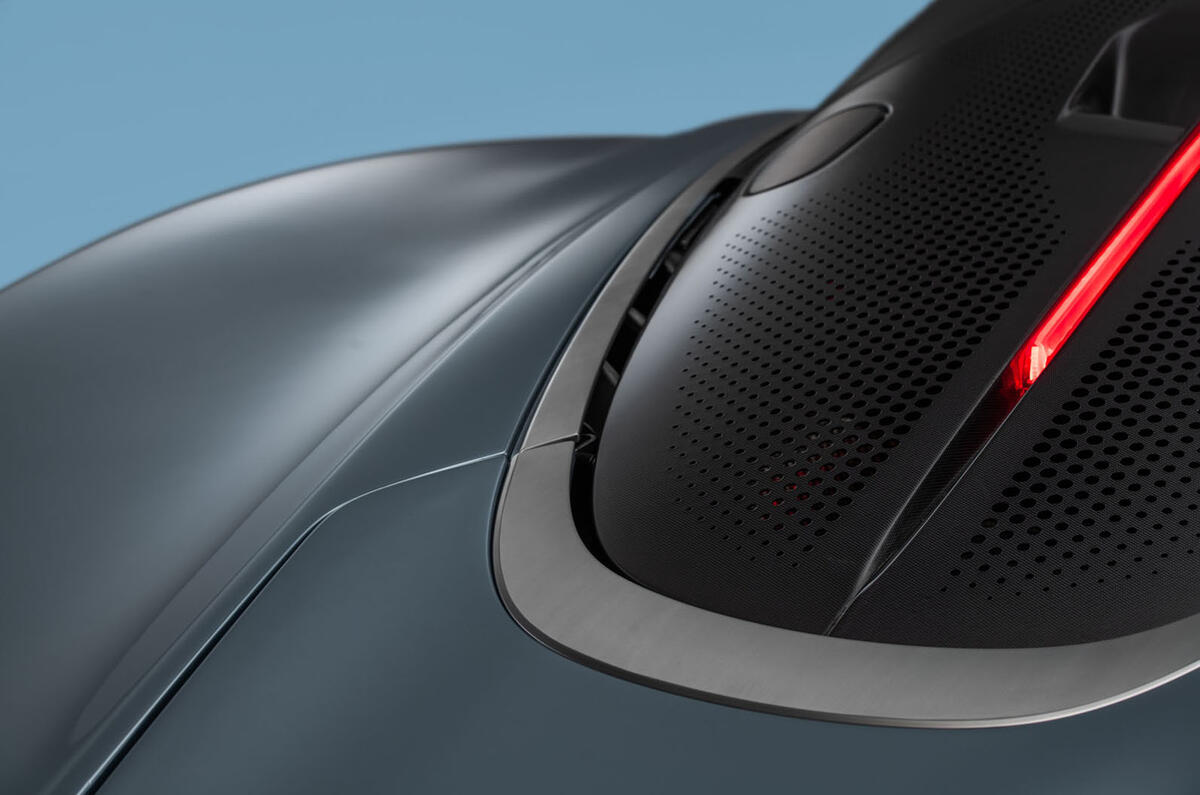
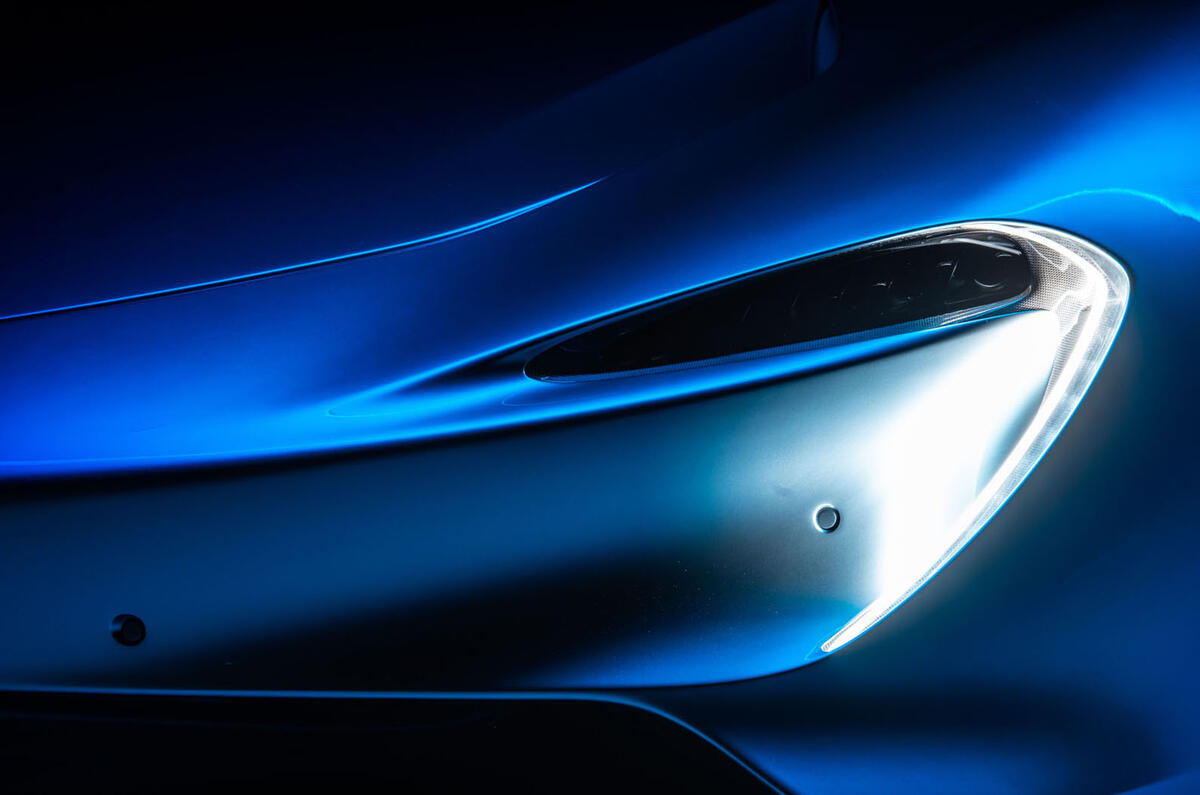
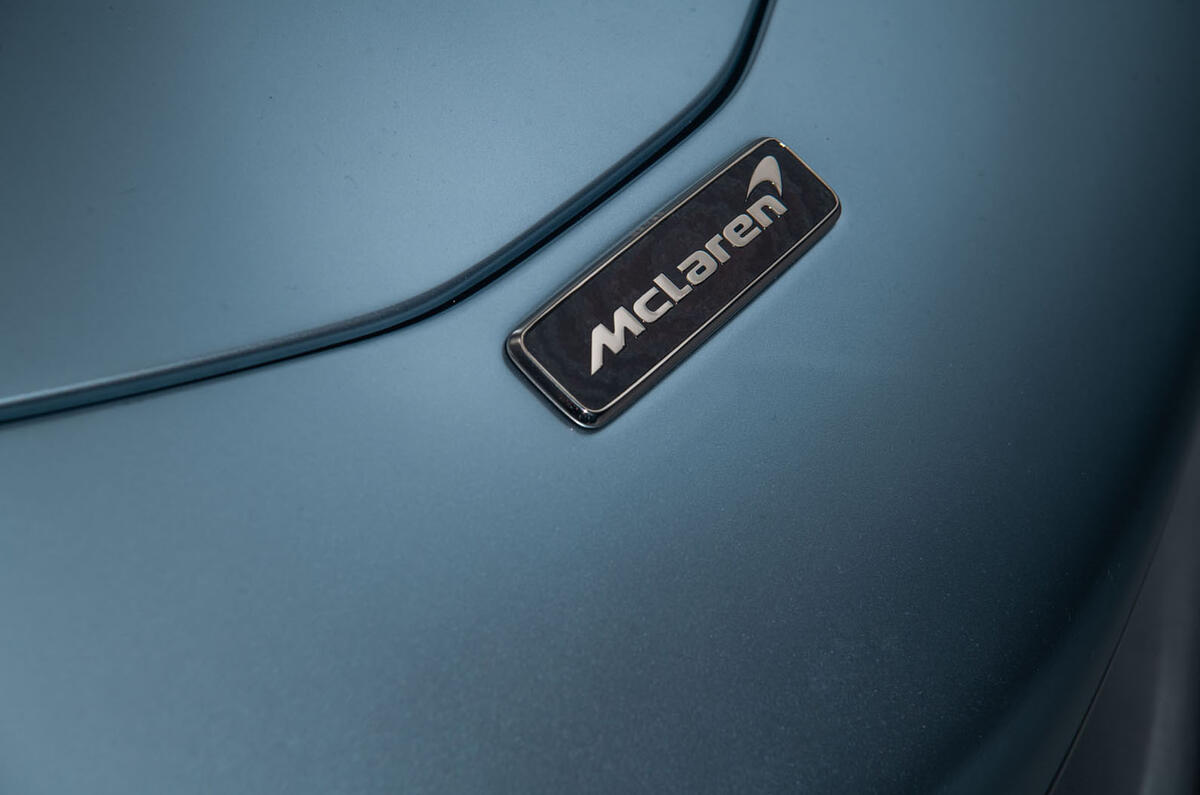
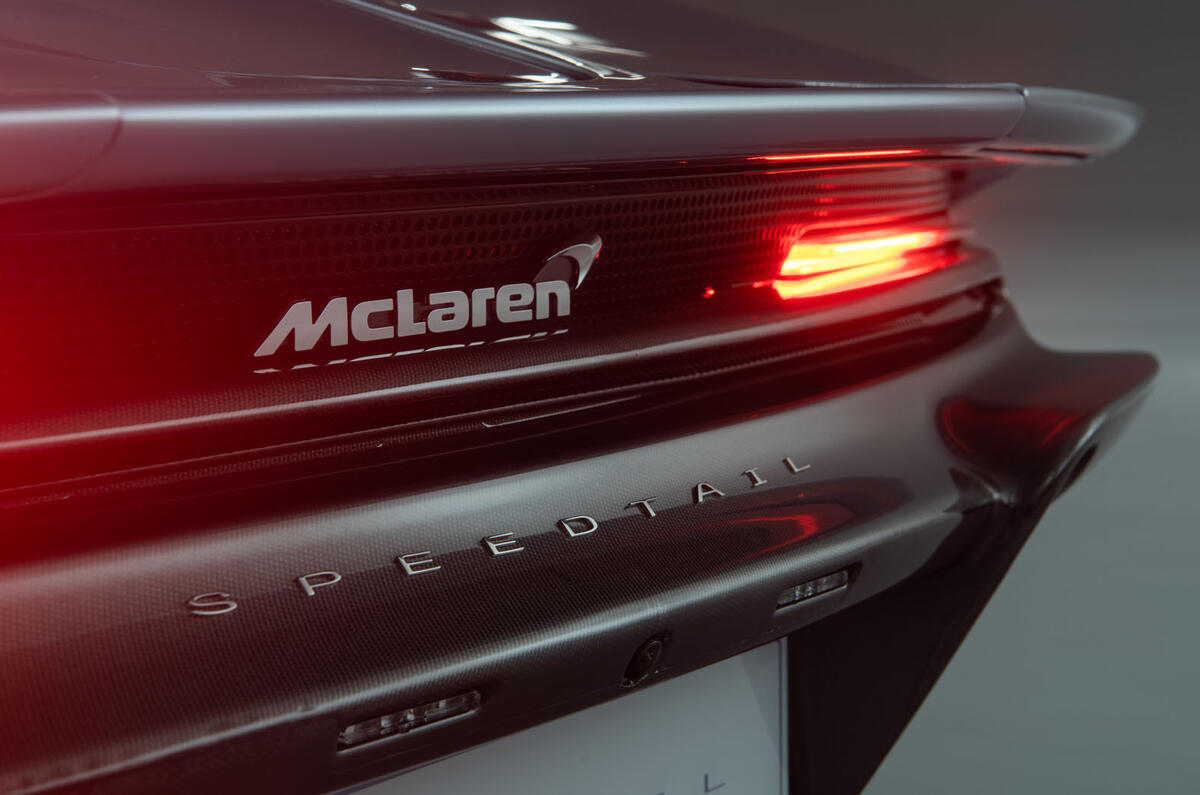
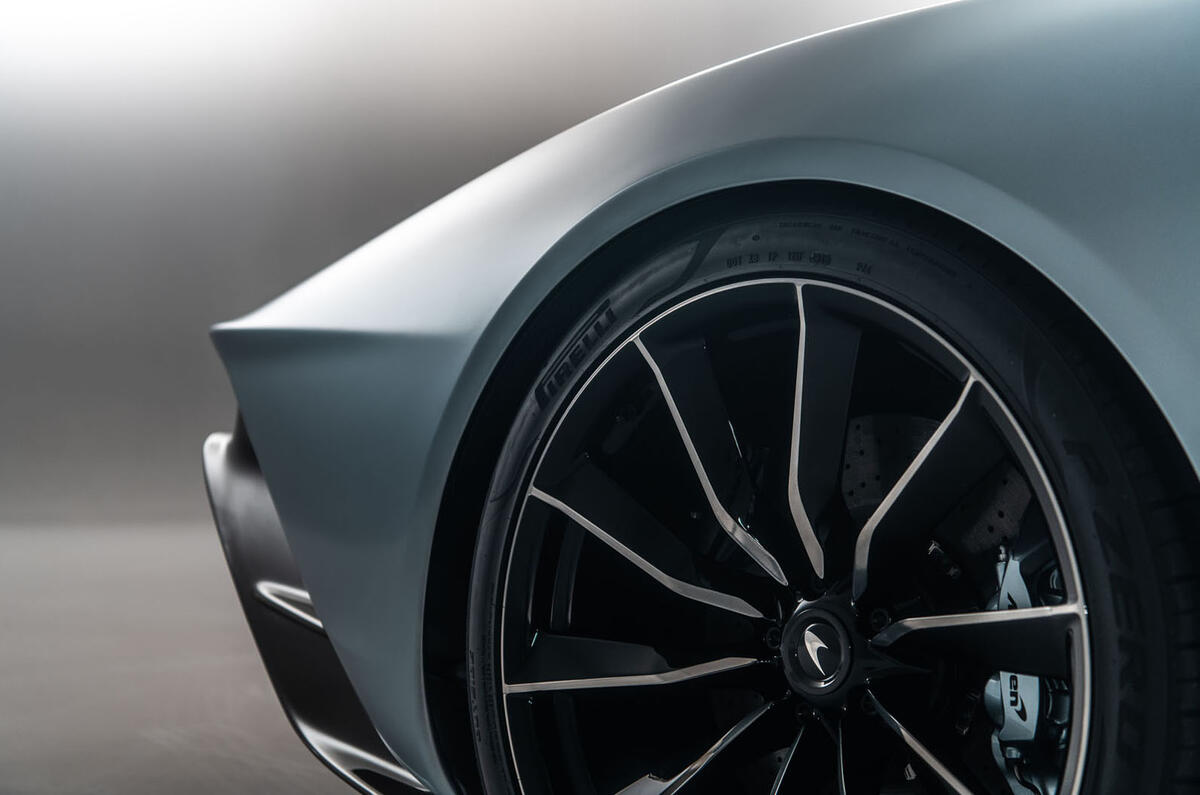
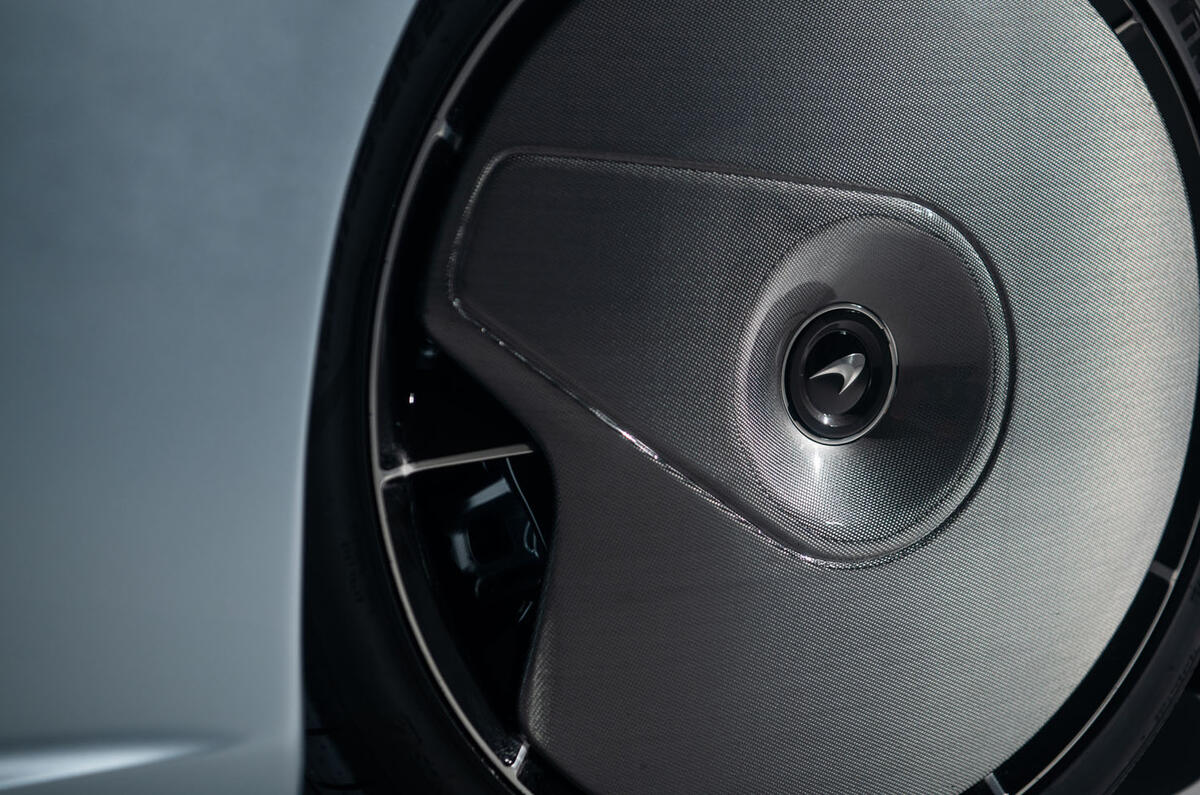
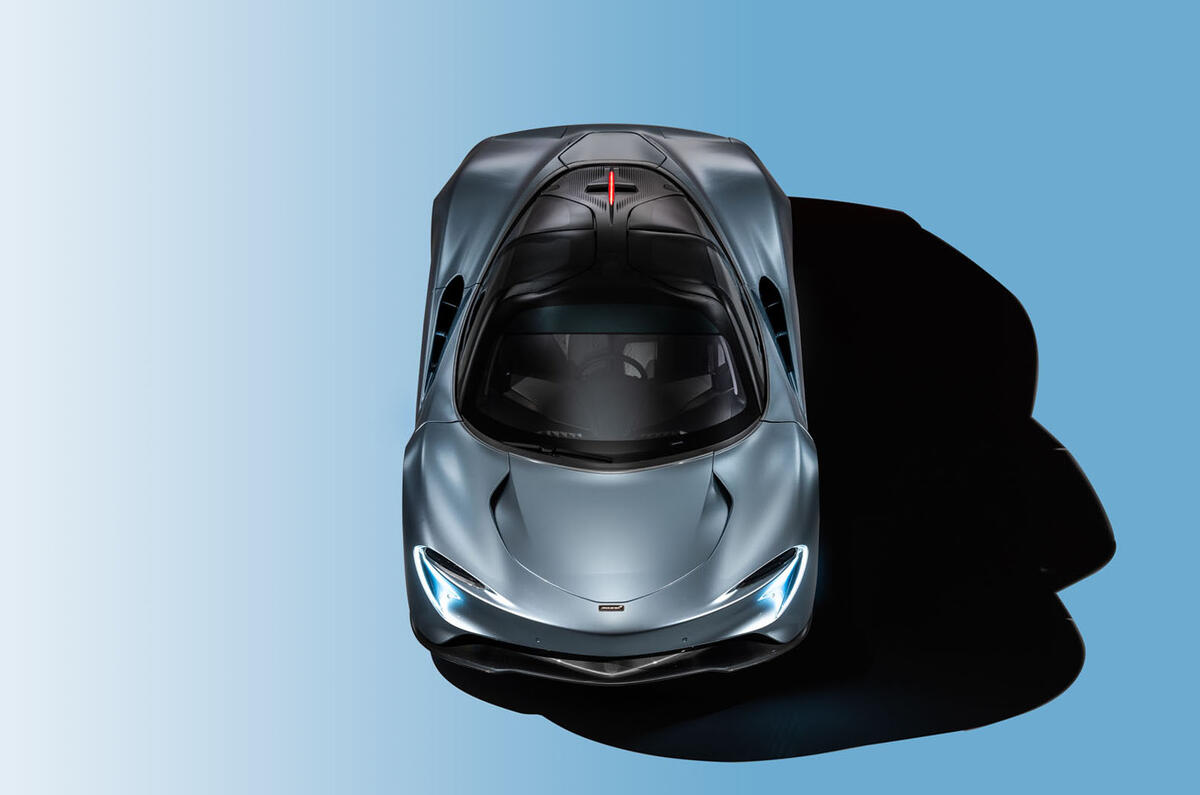
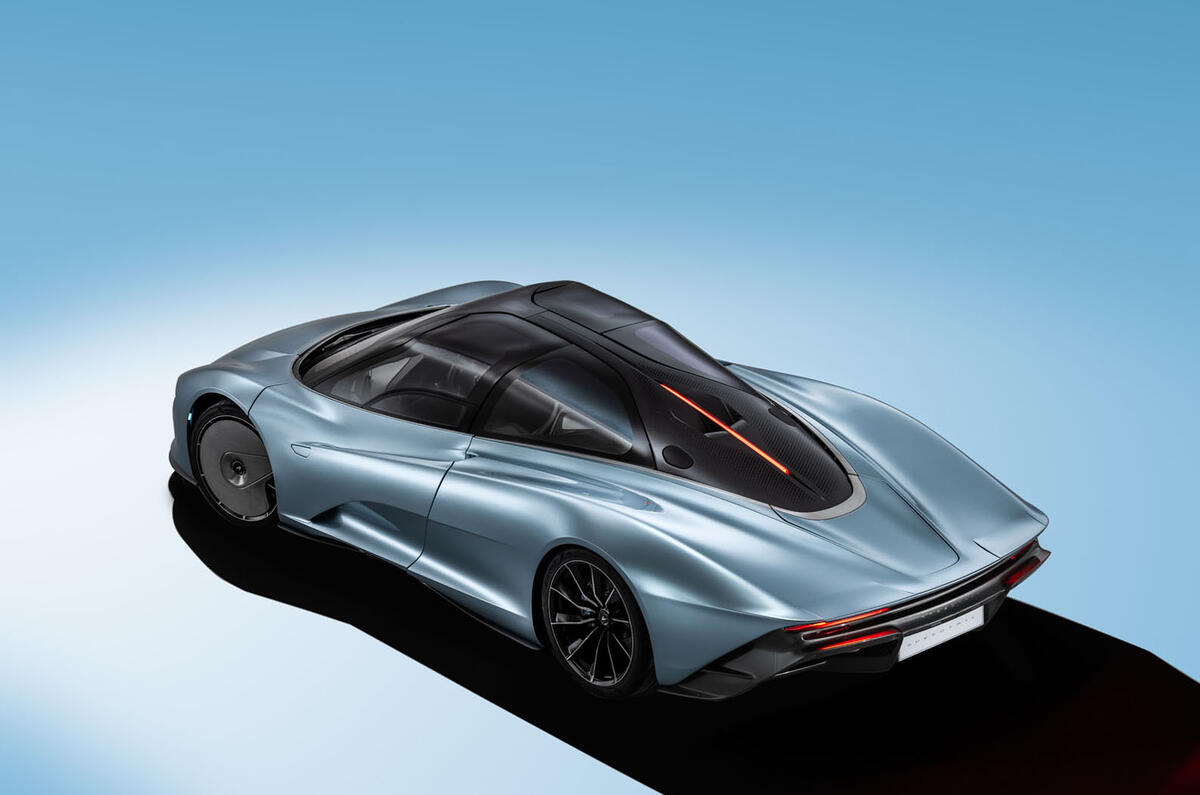
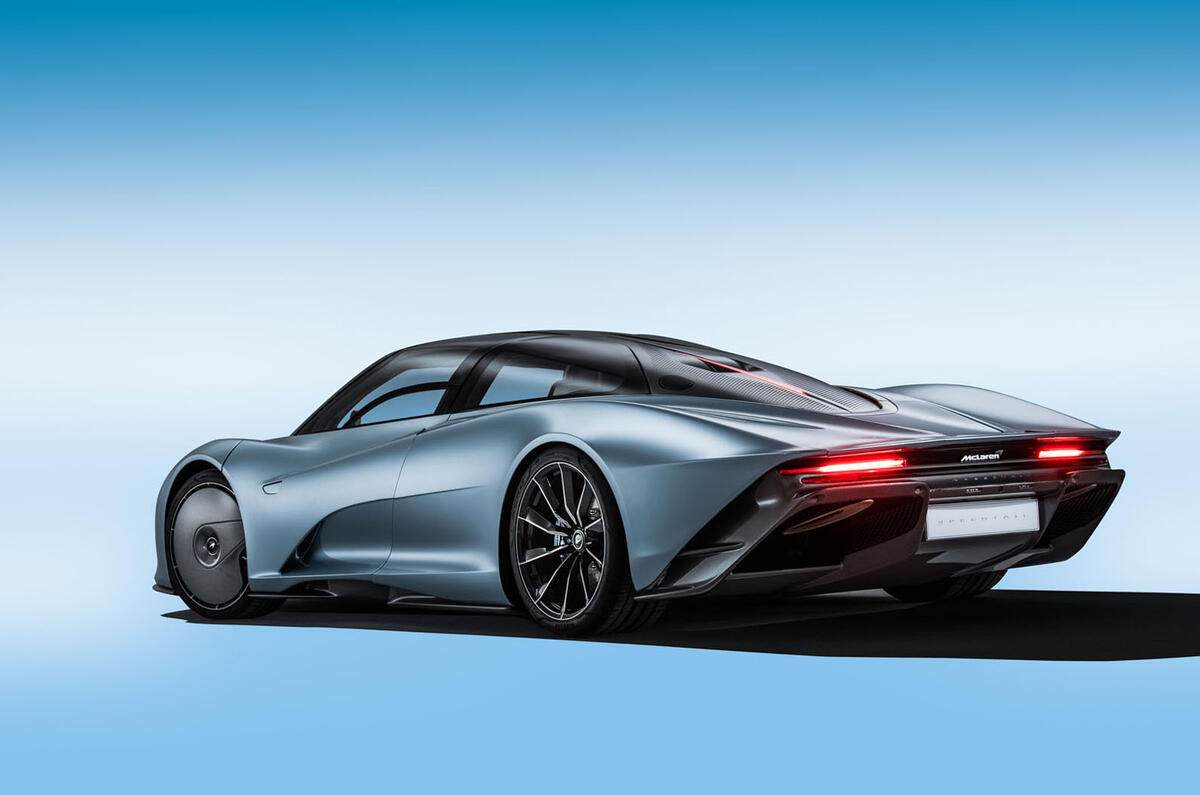
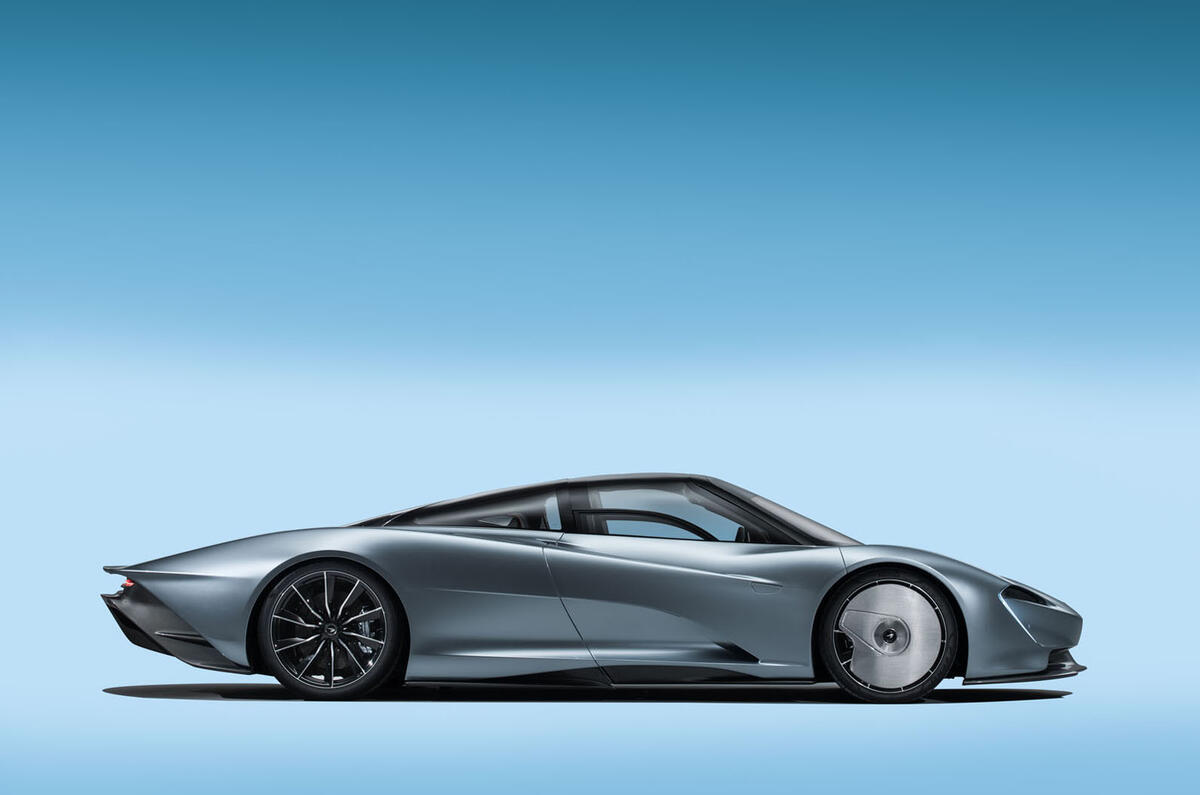
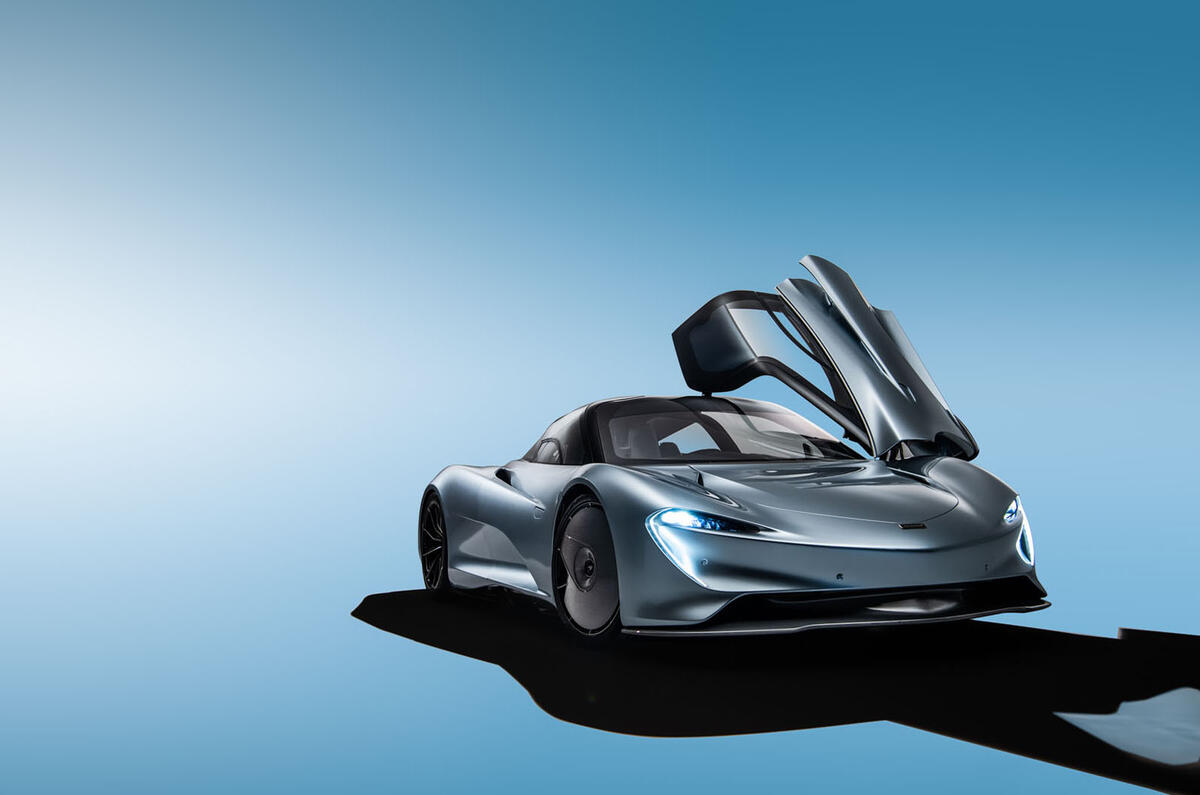
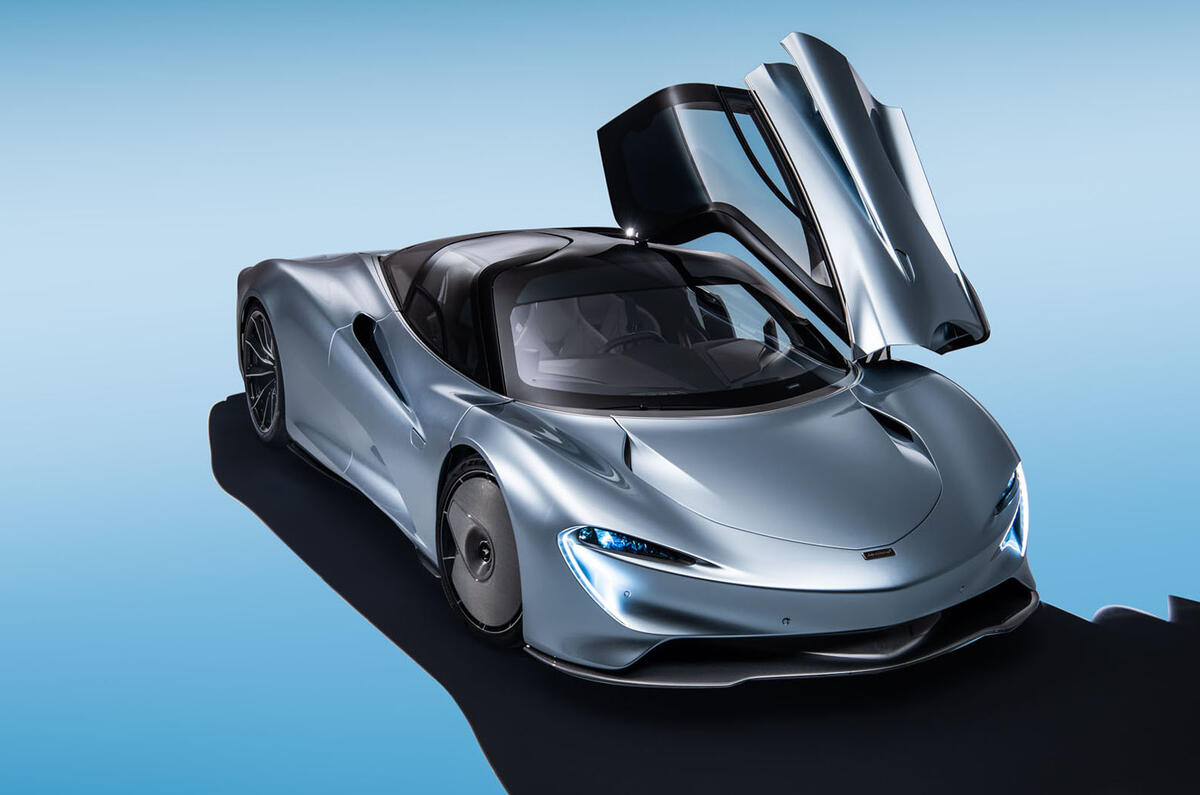
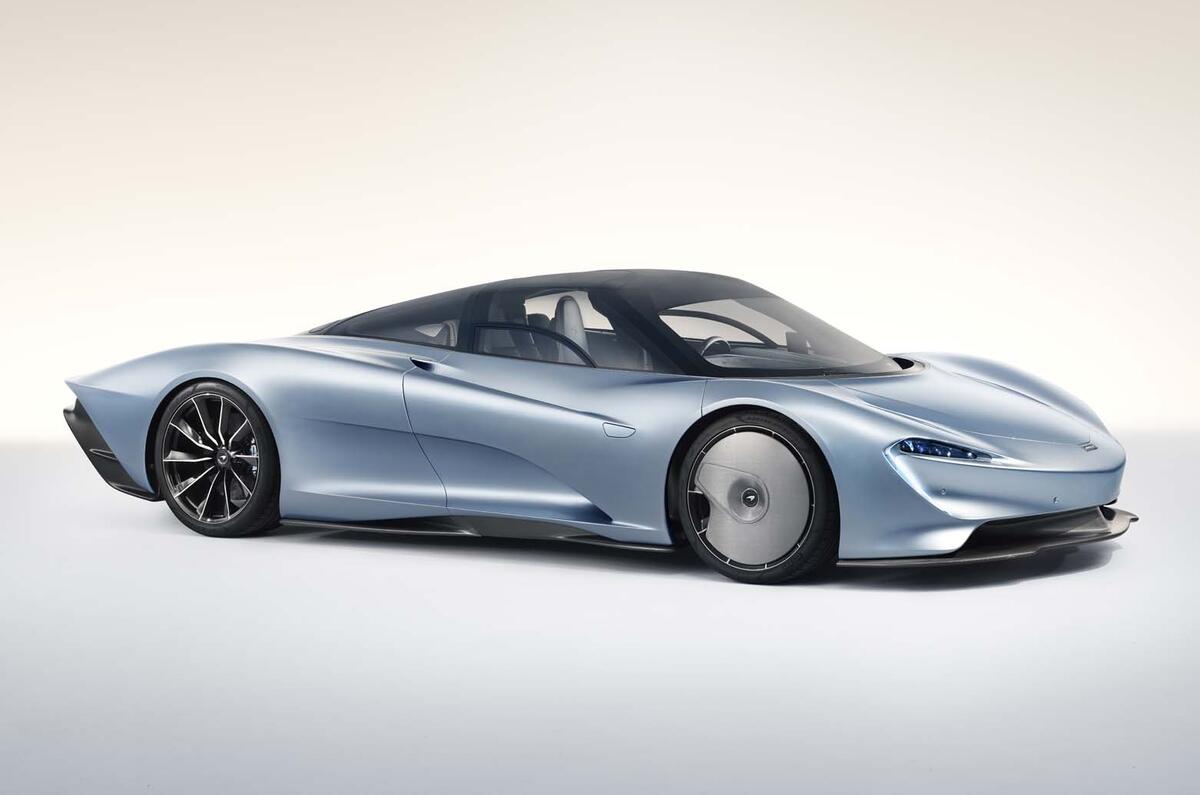
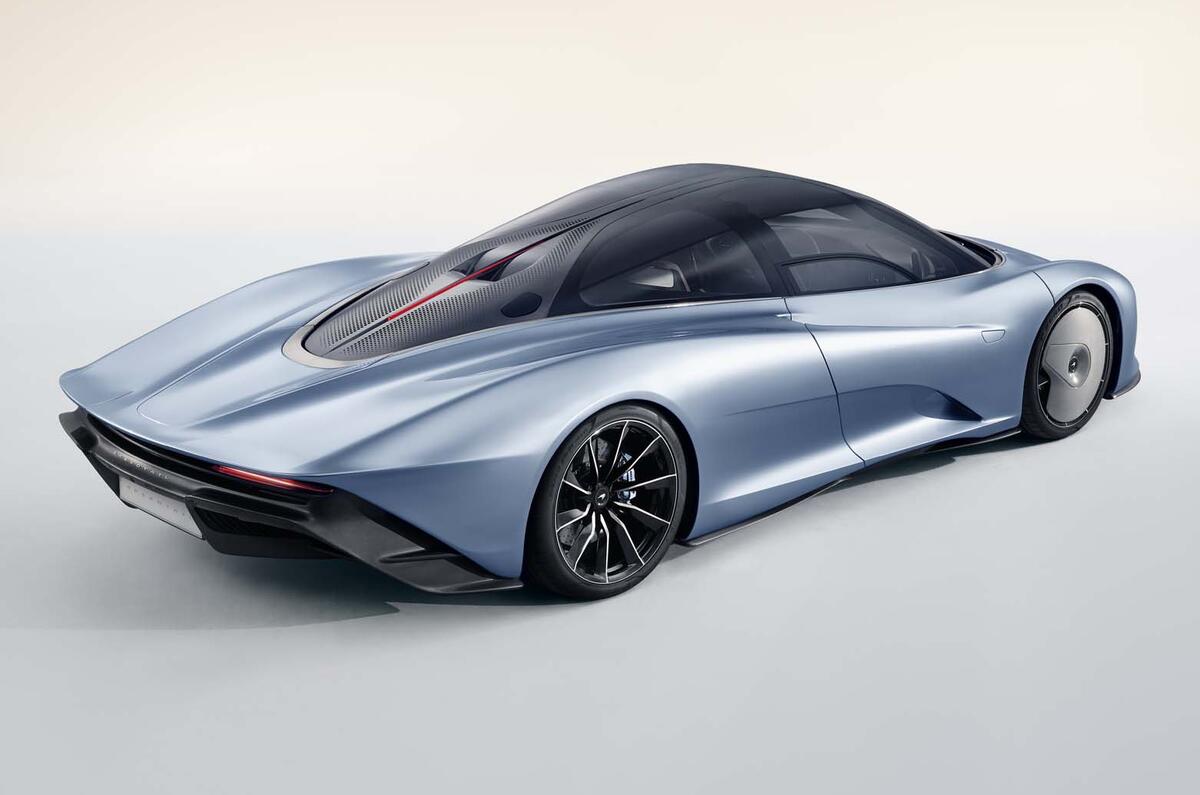
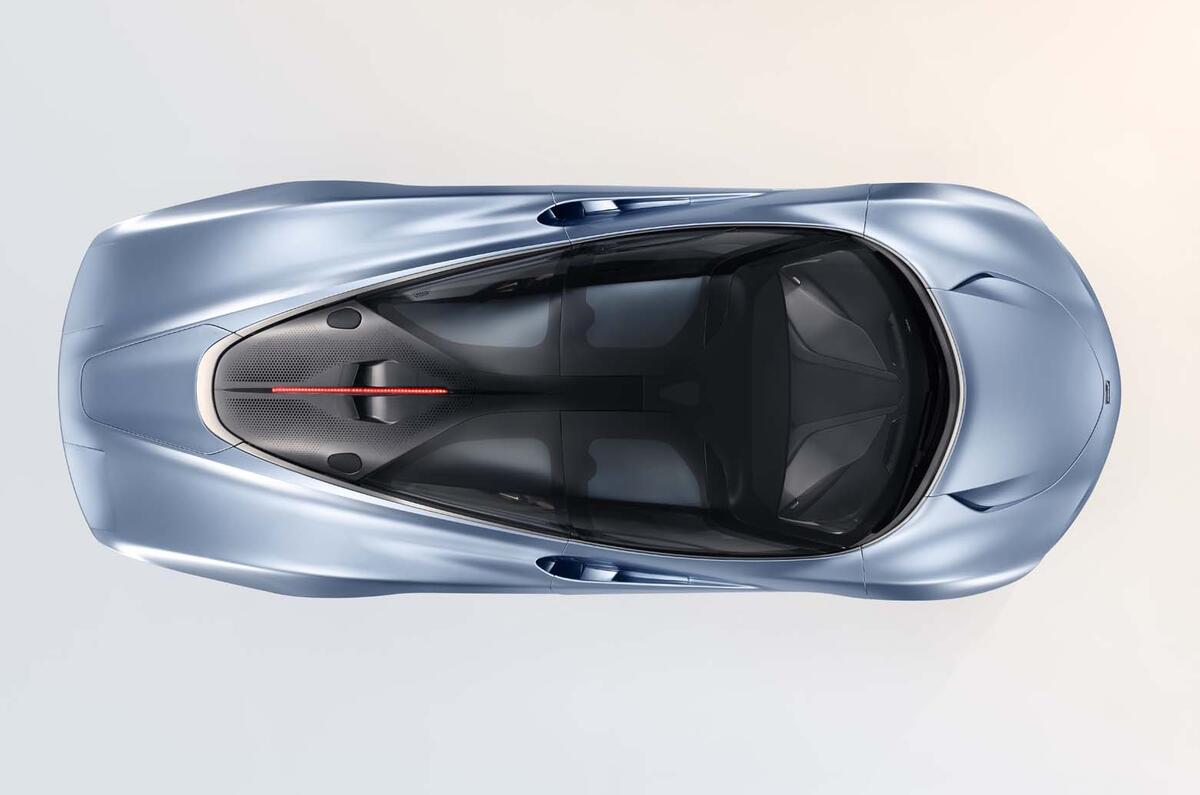

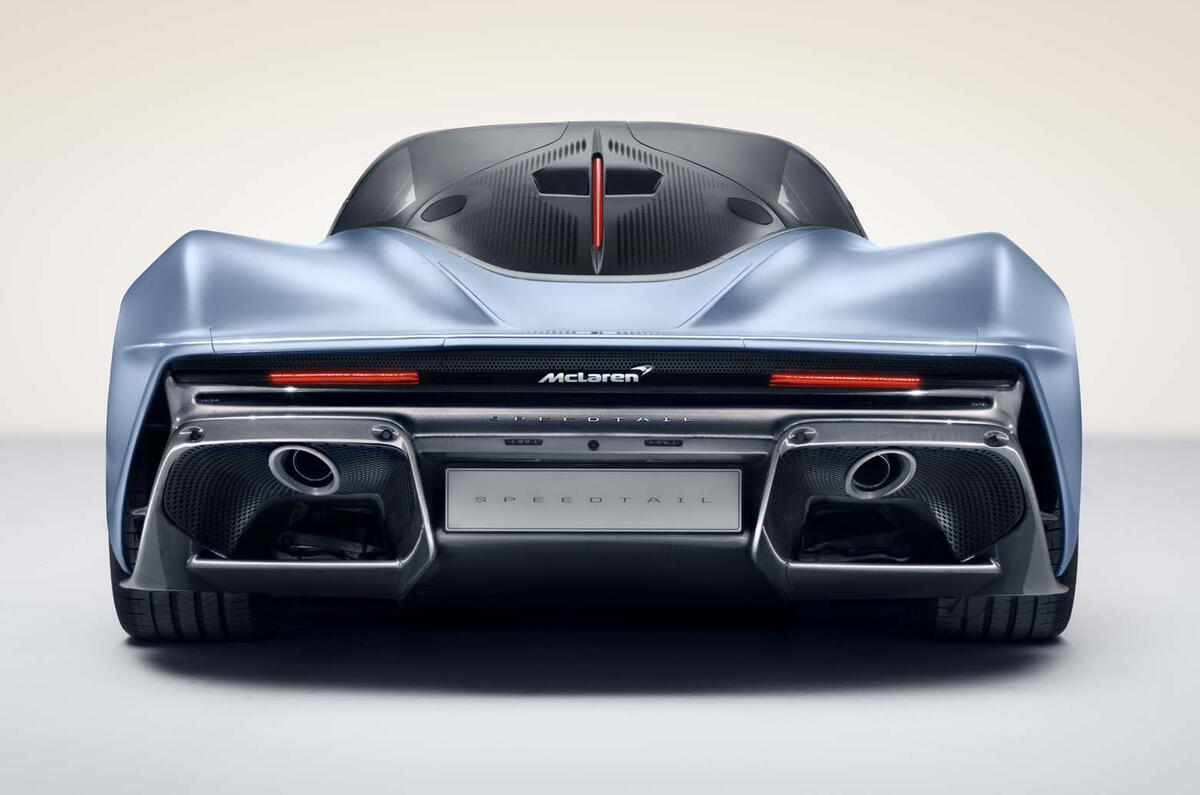
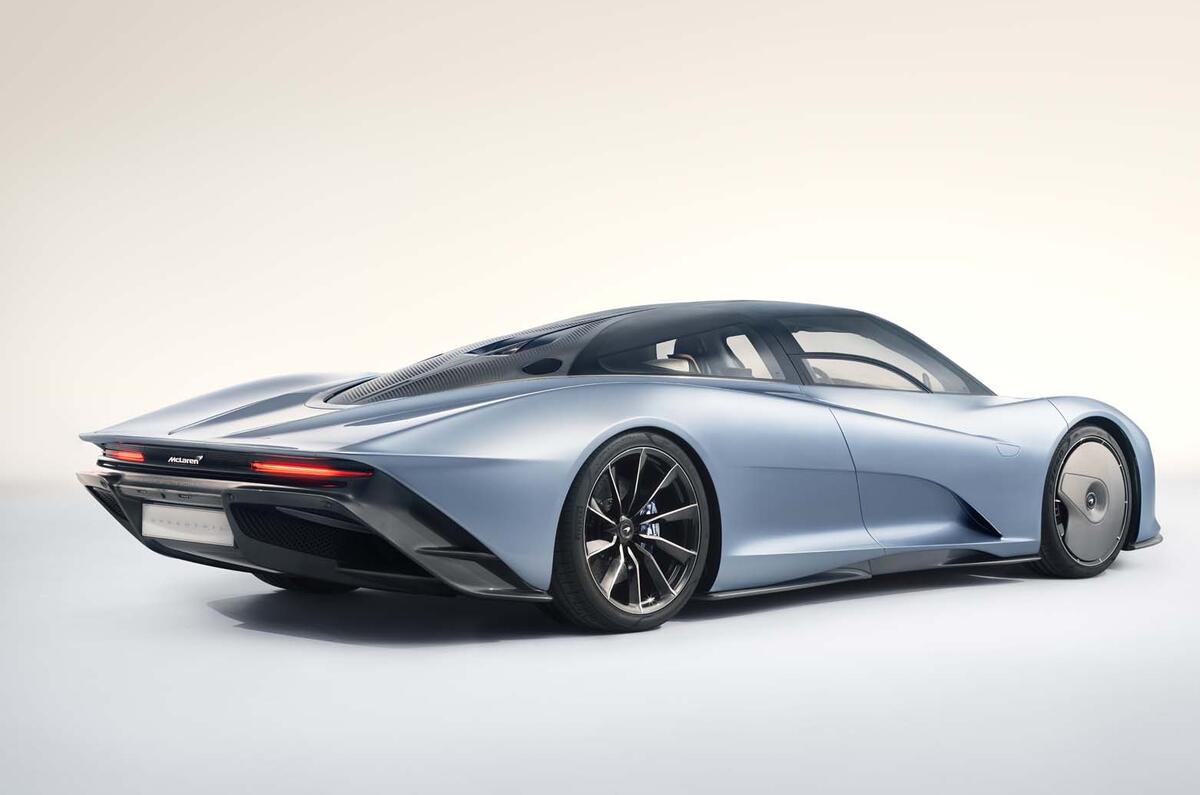
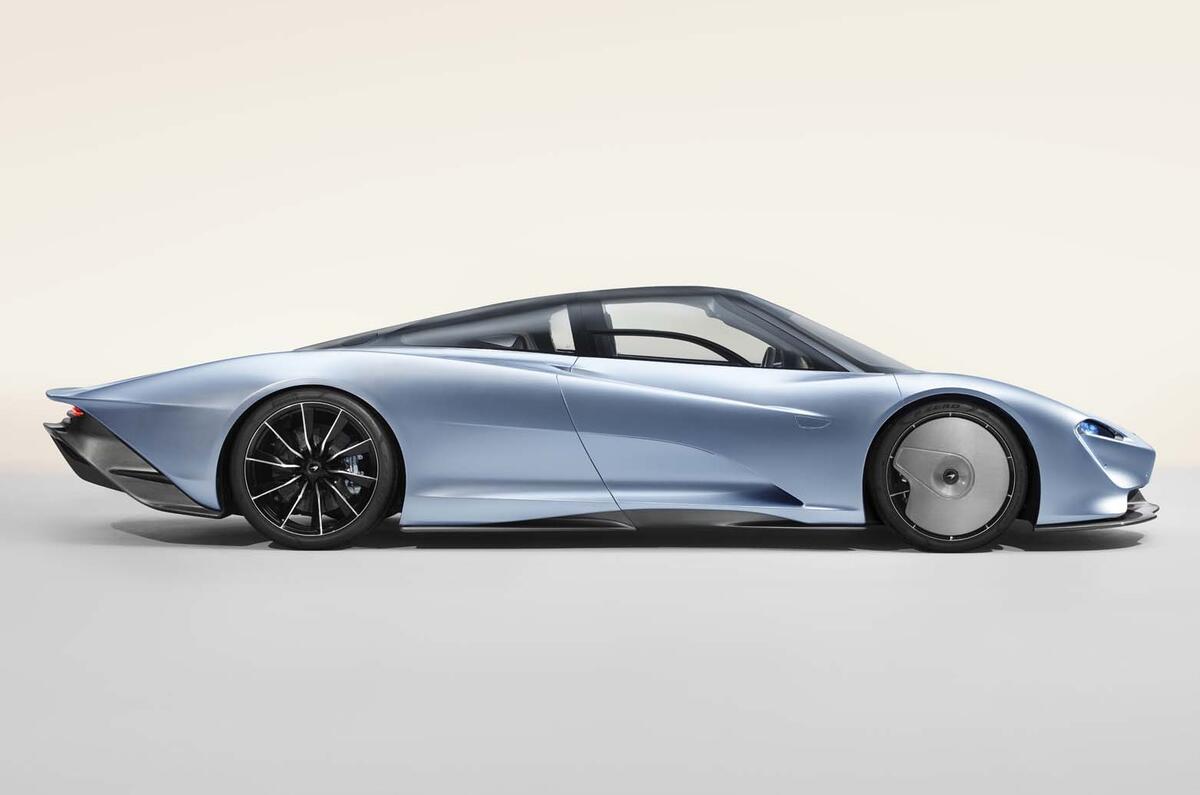
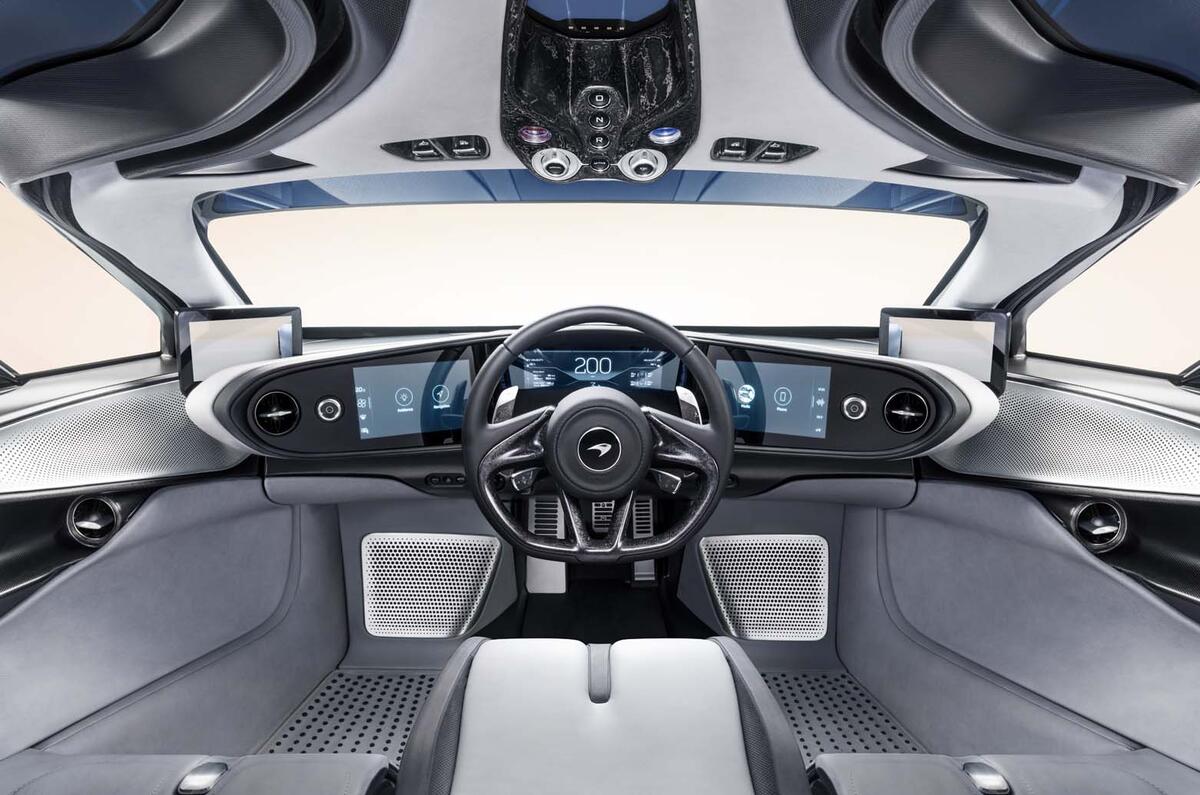
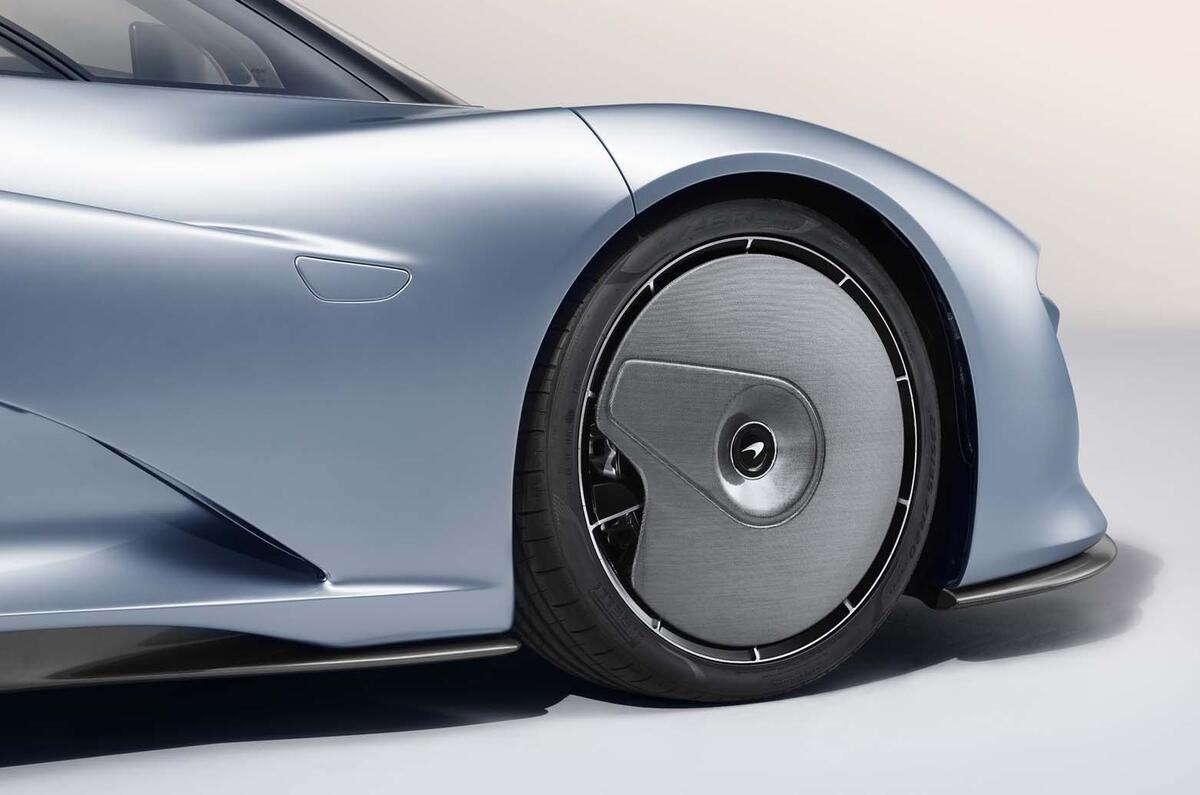
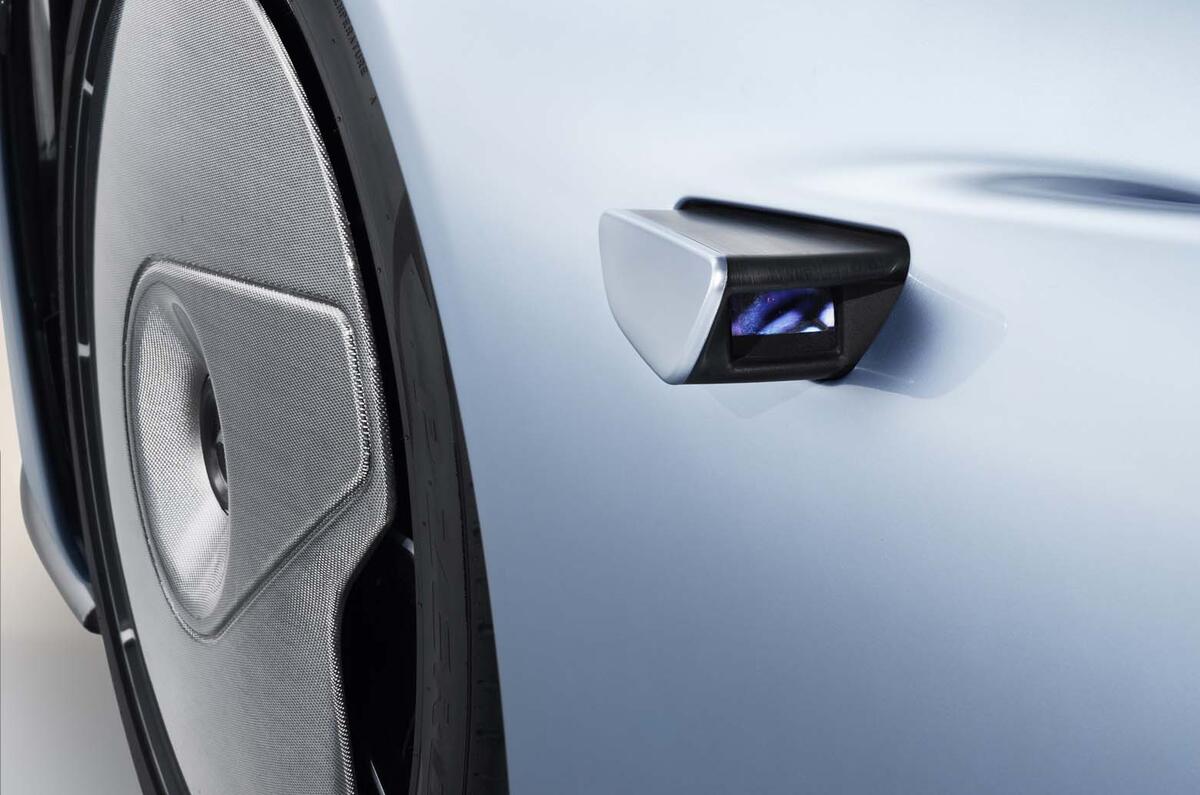
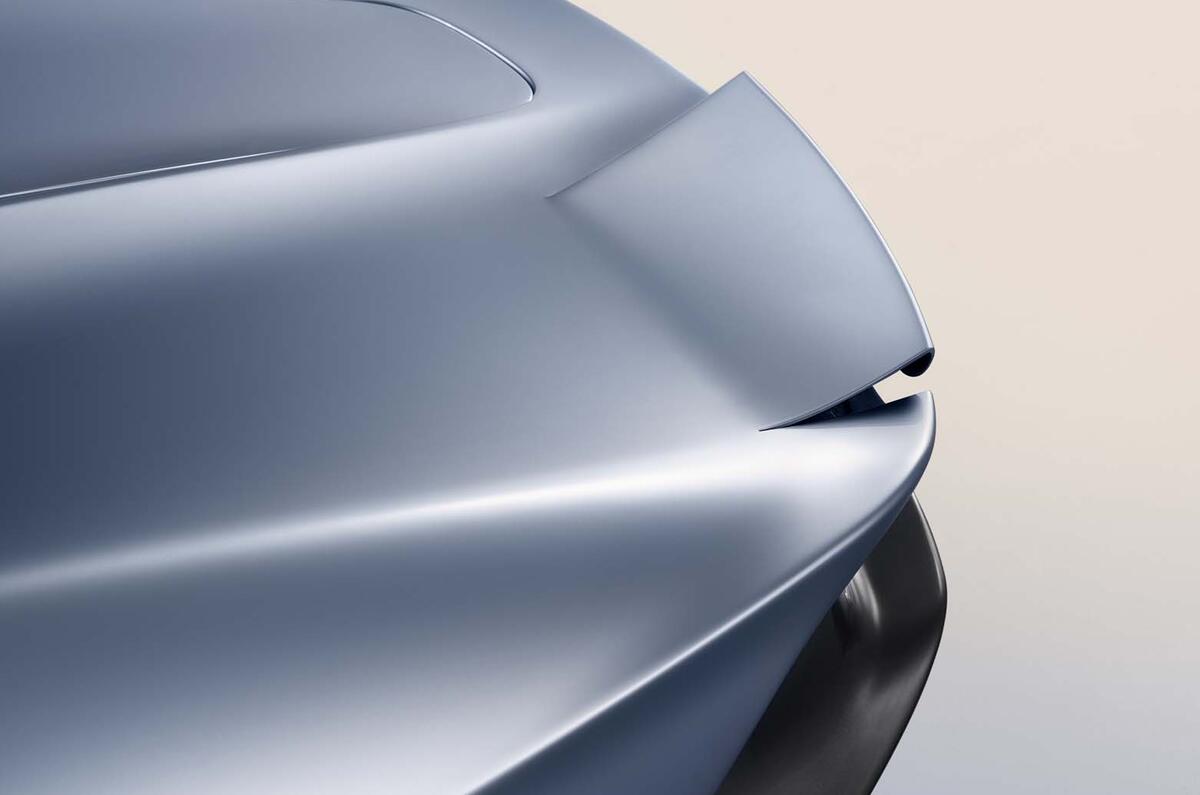
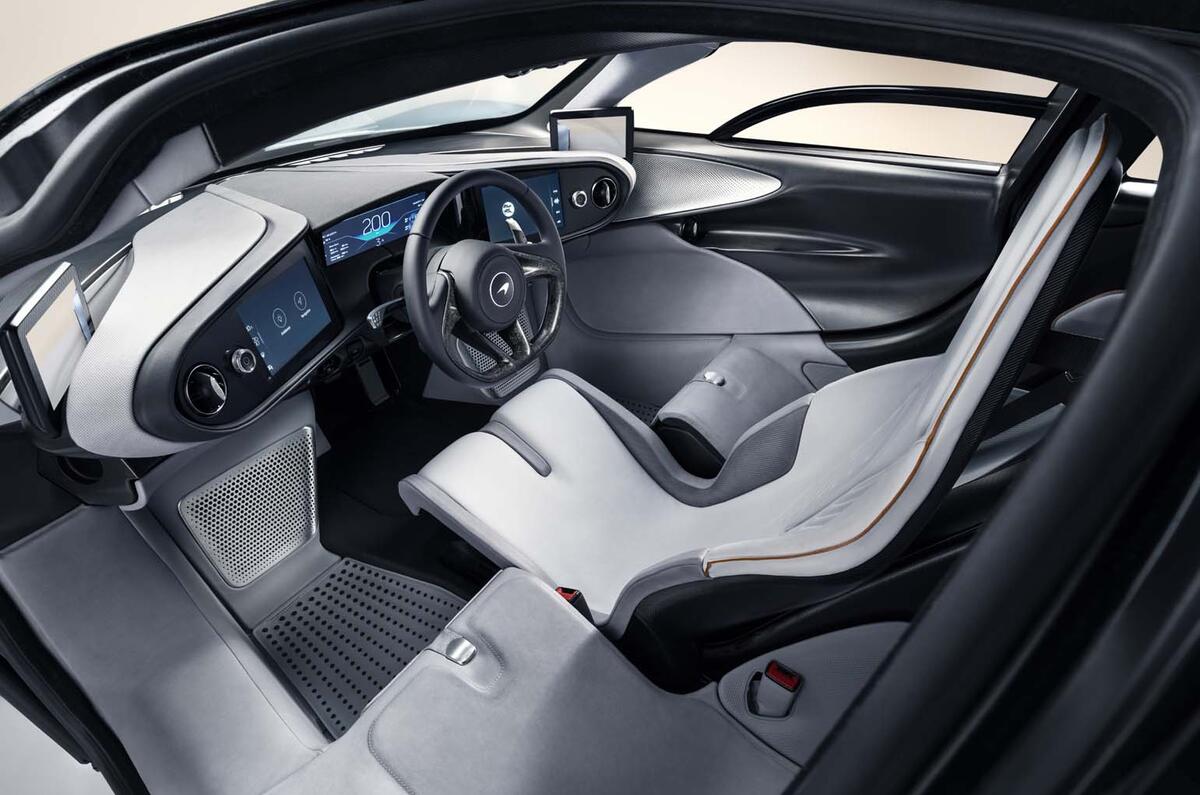
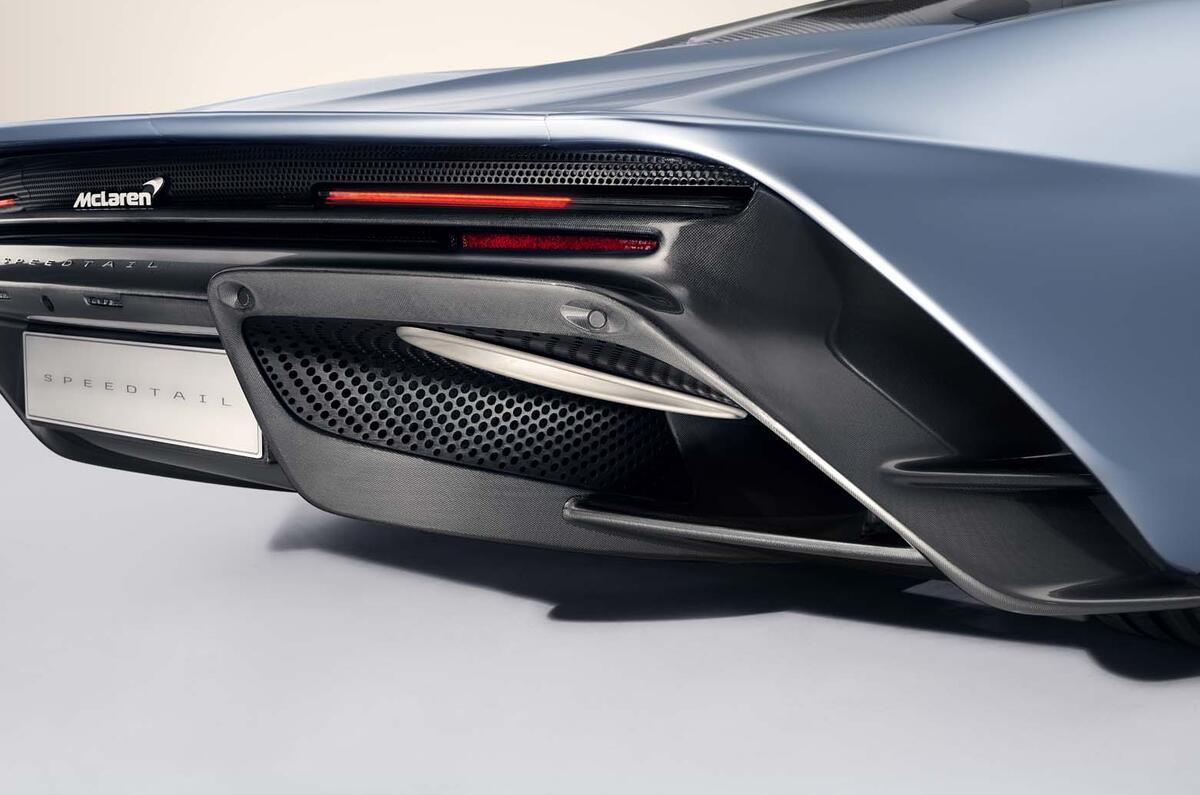
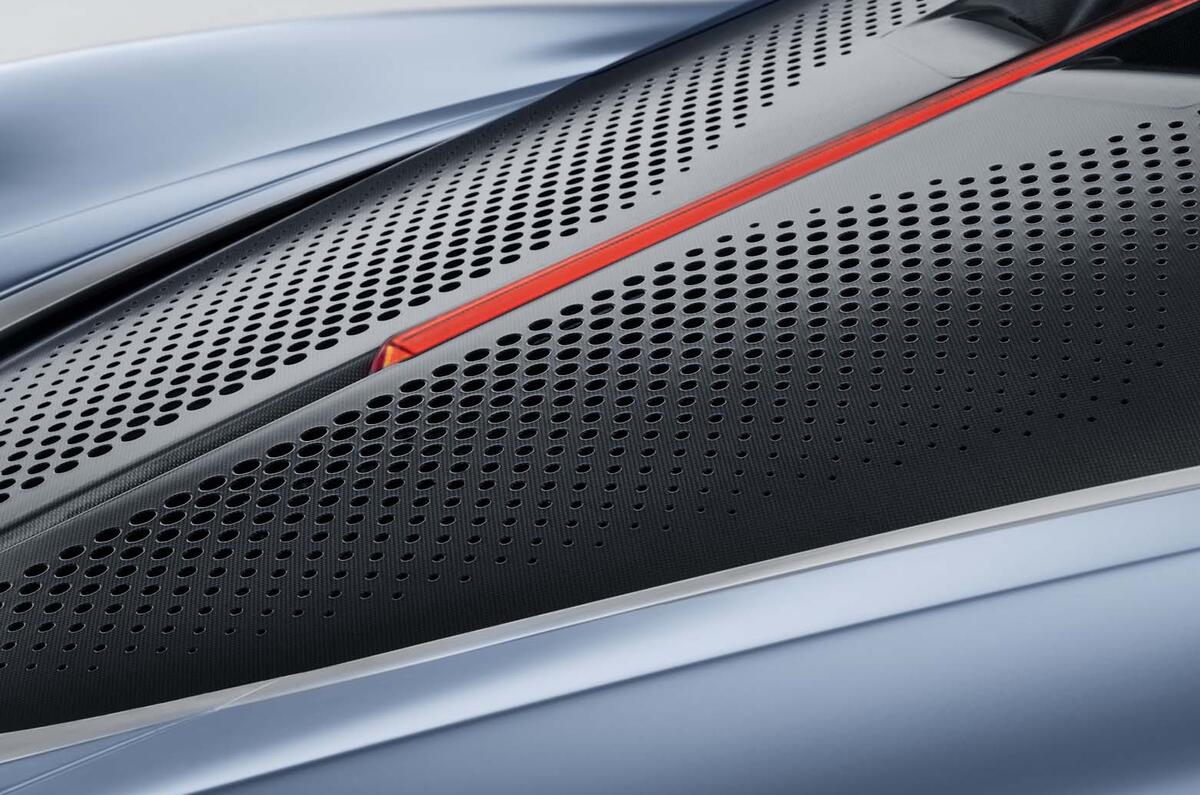
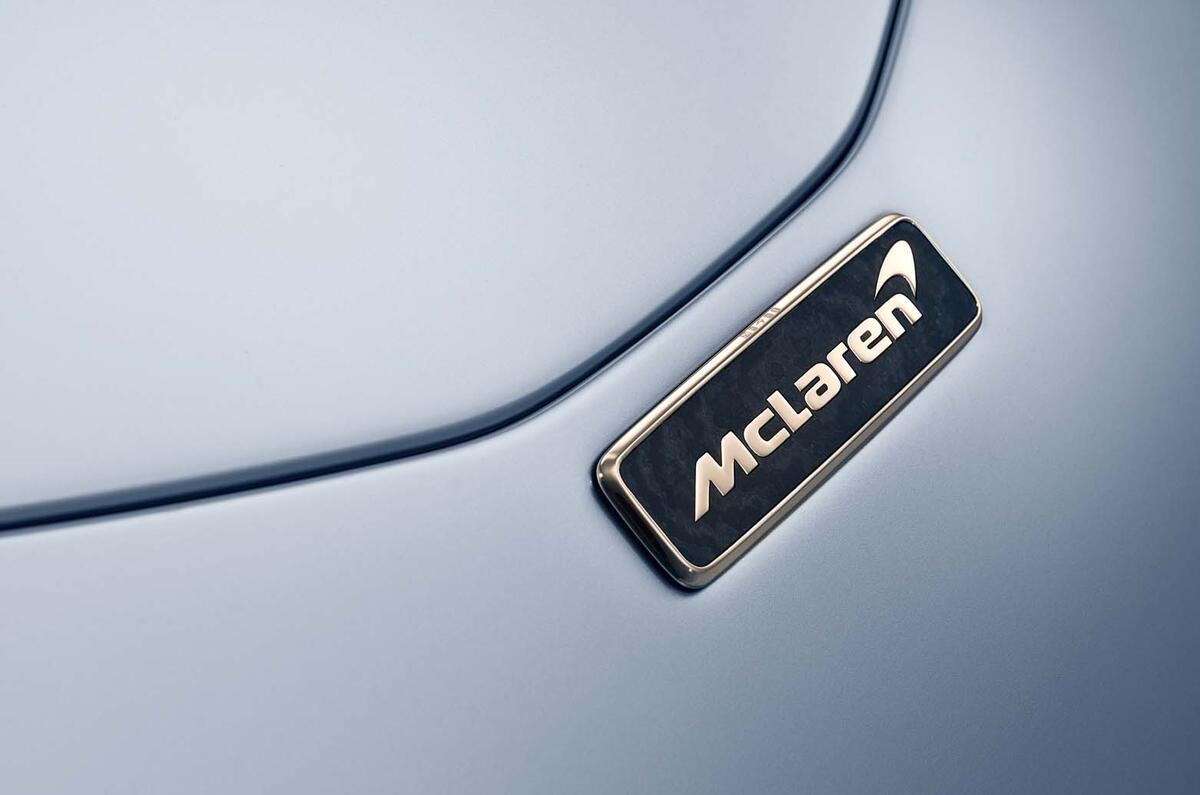
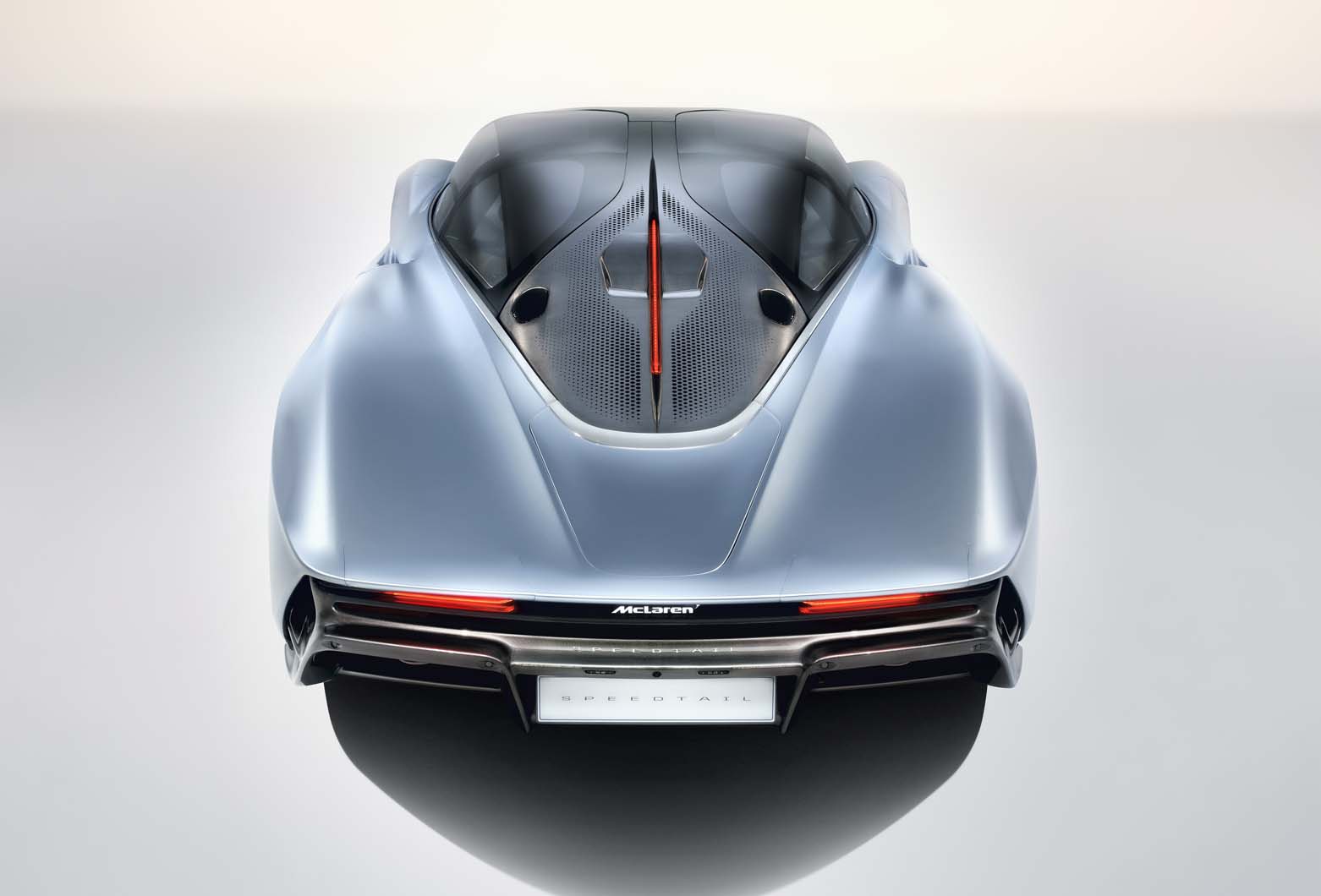
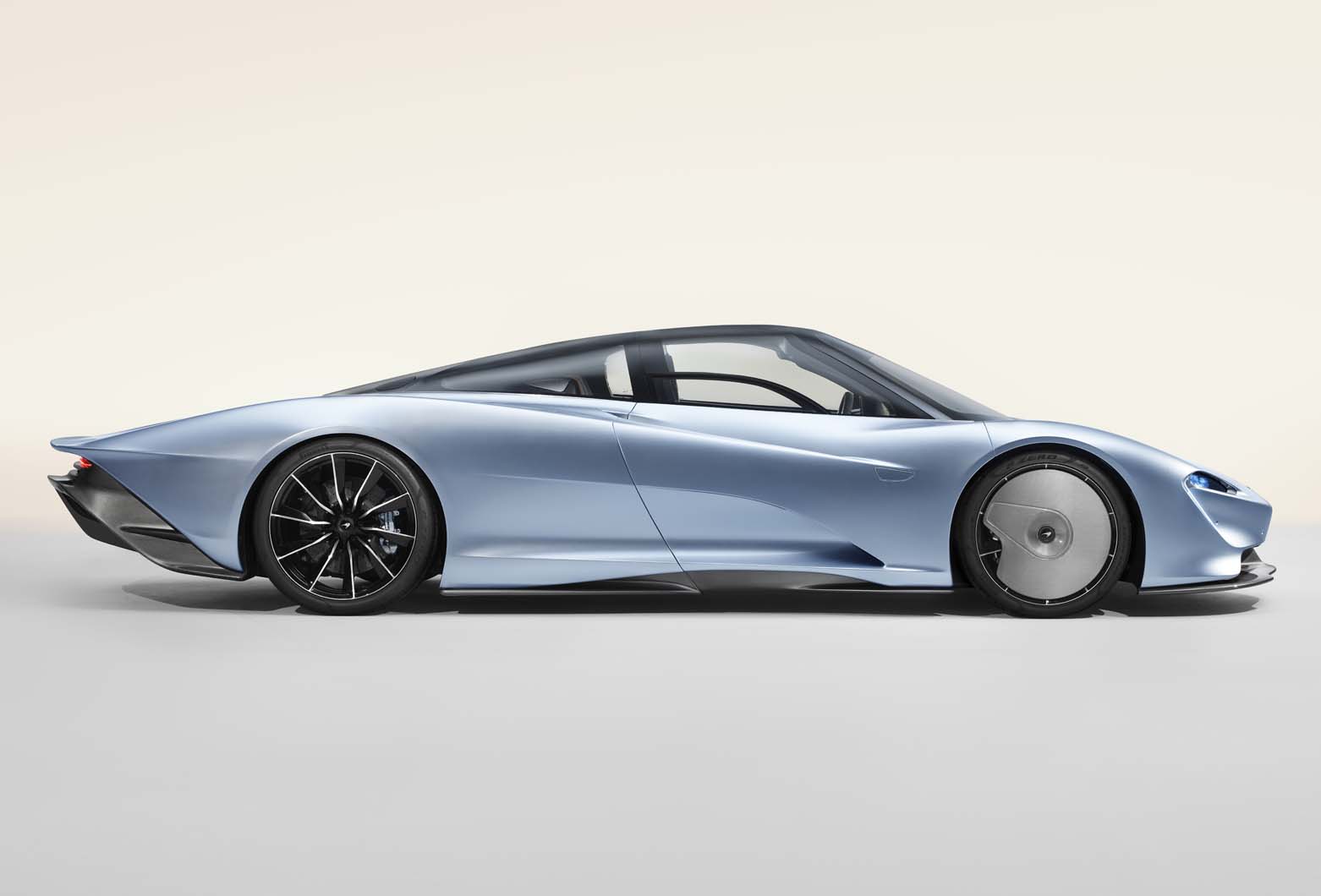
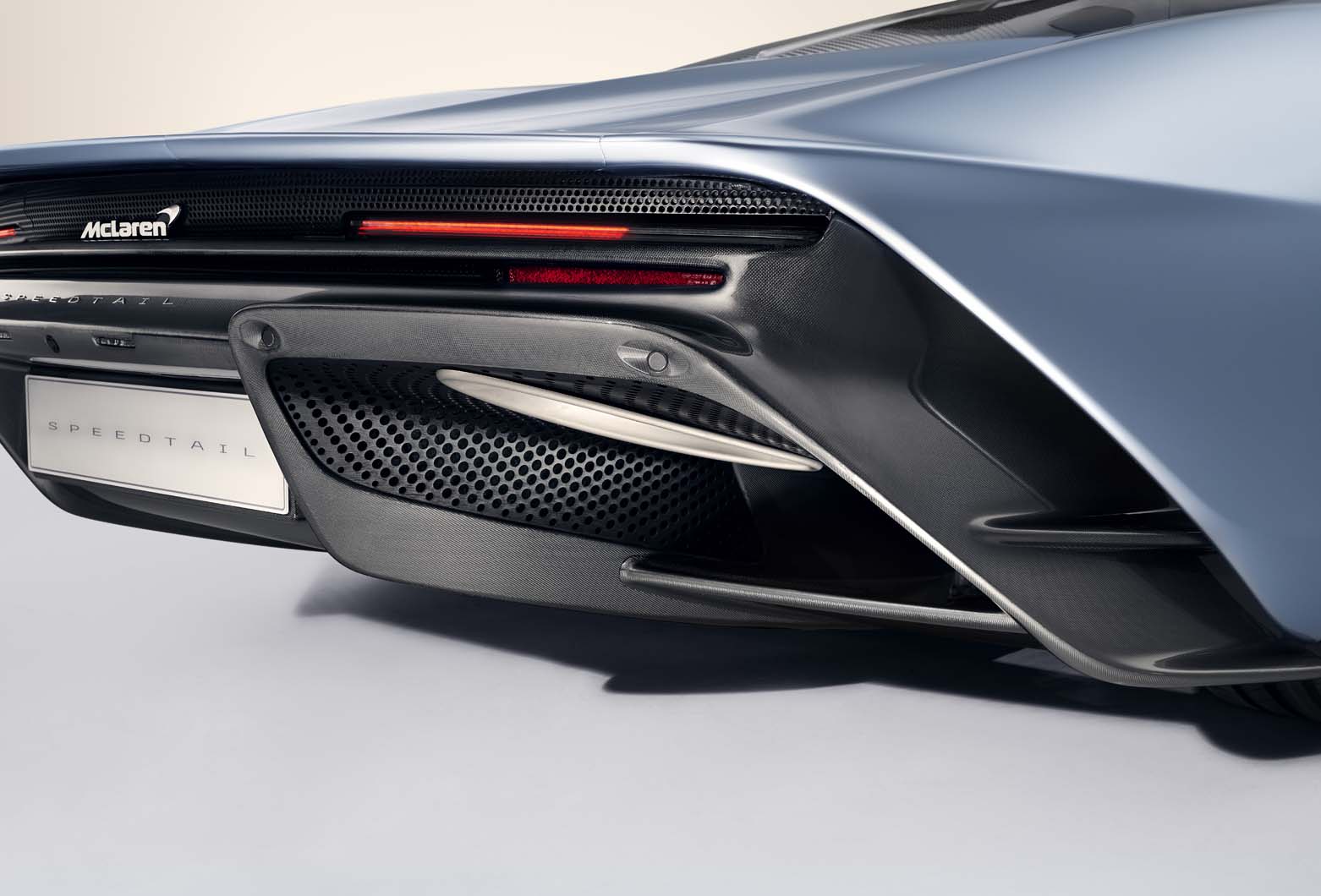
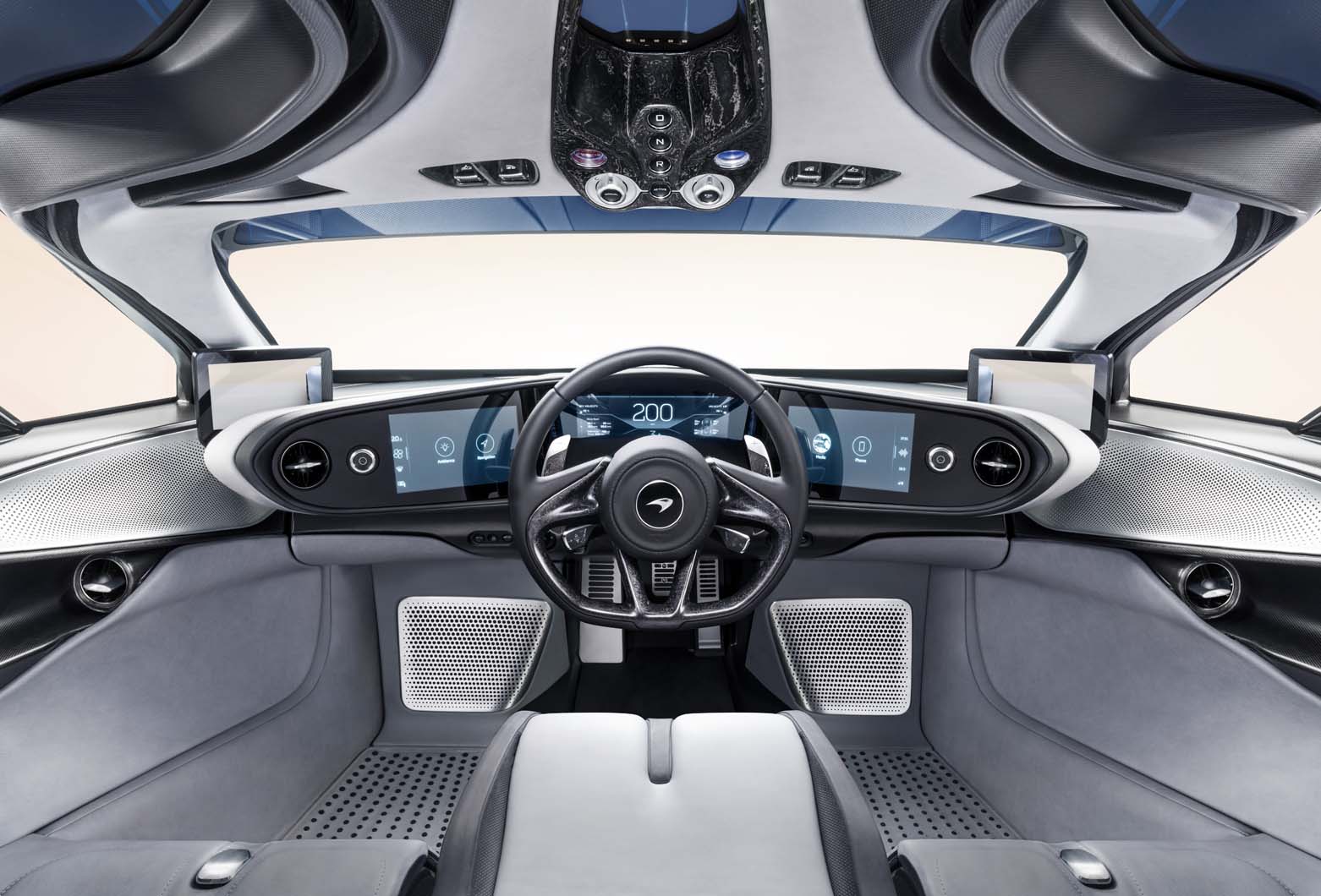
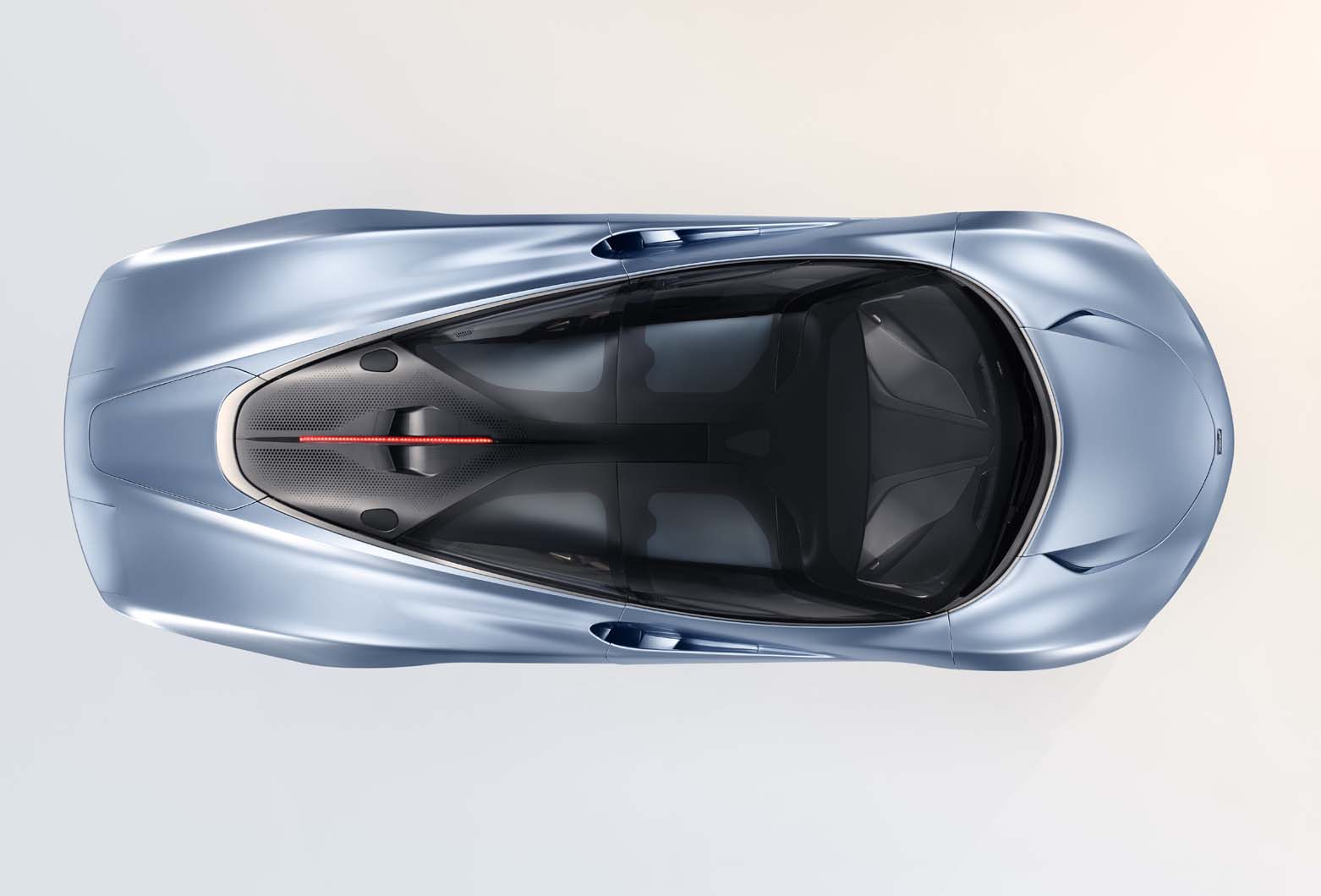
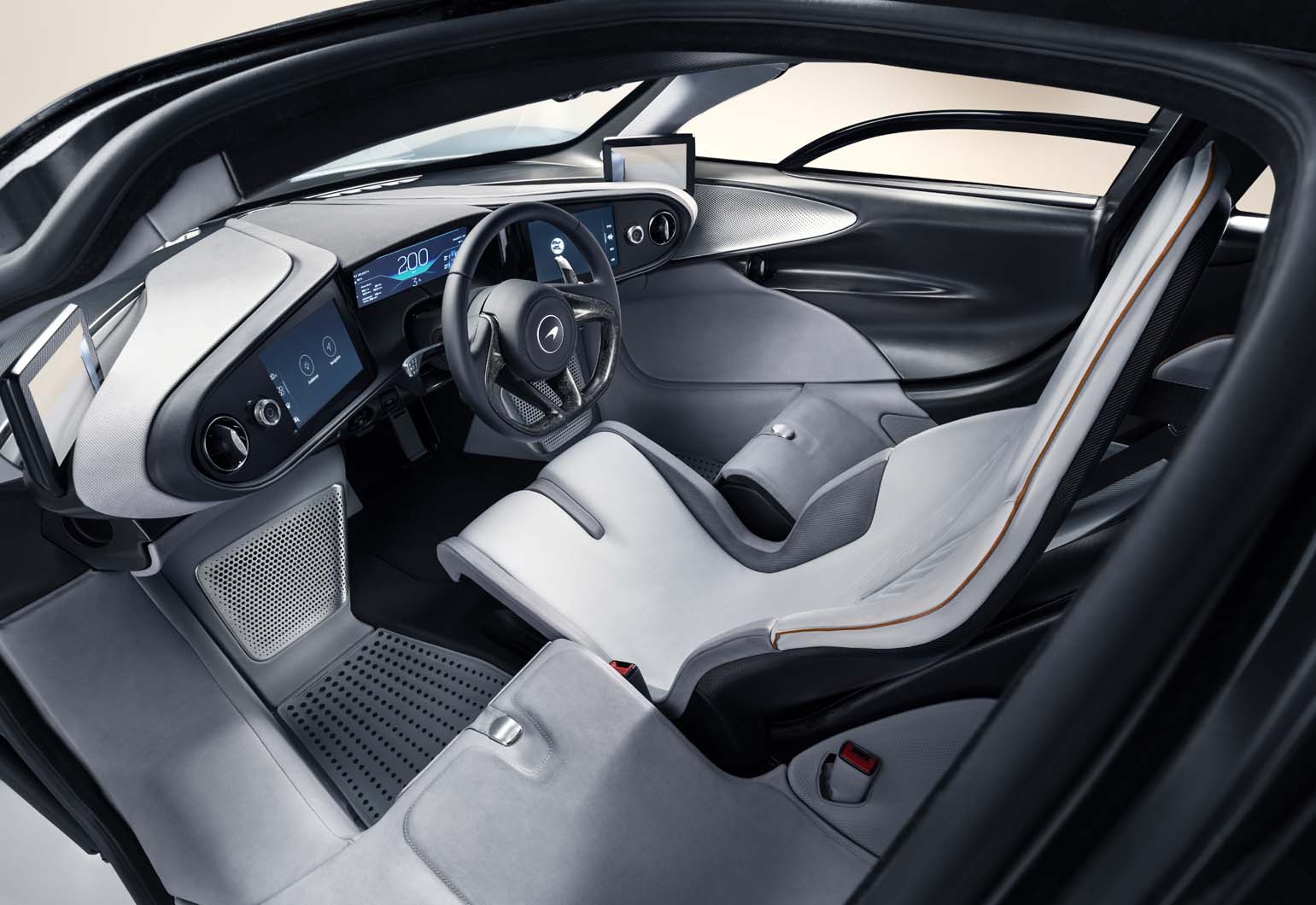

Join the debate
The Dr
Wow
This looks amazing I just hope they can ditch those naff looking front wheels
Einarbb
They reduce drag
So presume they'll pretty much going to stay.
jason_recliner
OMG!!!
A true 'landmark car'.
Where were you when the Speedtail was launched?
Before Speedtail / After Speedtail
Breathtakingly beautiful. McLaren, somehow, has done it again.
lambo58
Breathtakingly beautiful...
Breathtakingly beautiful...
I know a good opticians.
A landmark car...?
Getting 106 tasteless rich people to buy this hideous beast.
That must be a landmark.
Not.
kboothby
Lambo58
I assume by your name you aspire after a Lamborghini? Since the Countach, if ever there was a brand that appealed to the tastless elite it was Lamborghini. Not a criticism, BTW, just a hard fact. What is wrong with people? A car built by talented engineers for those fortunate enough to afford them for their own satisfaction. If I choose to have an ugly, tastless (and expensive) car/dog/watch/wife why does it irk other folks so much? Jealousy?
Everyone is entitled to their opinion but to criticise a personal choice that has no impact on another persons life is pure spite.
Symanski
Gordon Murray?
There was a purity to Gordon's design of the F1. Everything was carefully considered and choosen on its engineering abilities. Not to be the fastest car, but to be the ultimate super car. It redefined what a super car was and probably why we now call them hyper cars!
240mph top speed (two-way, the official figure) was an accident. It wasn't the outright purpose of the F1. With this Speedtail the name is suggesting it should be quick. The claims of being aerodynamically optimised for speed backs that up further. Yet McLaren claim outright speed isn't a priority? Someone got the wrong memo!
So it's a bit confused. Is it a GT or is it supposed to be a fast car? And being confused it's compromised both.
And that really is the impression I get. The car is compromised. However, the ultra futuristic look of the interior is amazing!
Peter Cavellini
Not a fan....
Sorry, but this isn’t by any stretch of the imagination a beautiful Car, from the side it’s more Le-mans bit like a Porsche 956/962 , the interior, well, look at those A’ pillars, the F1 three seat arrangement?, looks a bit cosy to me, no, I think it could have been done better, maybe it’s the color they’ve painted it?, a first glance it reminds me of the Jaguar 220.
scrap
I think it looks good.
I think it looks good. Distinctive and extravagant, much more of the ethos of a modern Bugatti than the Chiron.
kboothby
Each to their own
That's what makes cars emotive subjects compared to other commodity purchases, can't imagine there's many forums that create so many comments when Hotpoint launch a new dishwasher!
Everyone has an opinion, everyone is right and wrong, most negative commentators probably couldn't afford the object of their derision anyway.
289
Jeez....
...This is one ugly bugger, looks to be inspired by that other ugly lump, the XJ220.....26 years later after the F1 launched and what have they acheived....7 mph!!
Shows how advanced the F1 was at the time. Not only was it better looking, it was far more practical....it even had luggage space for christs sake, it was smaller, neater and didnt need stupid ugly front wheel covers to achieve it max velocity and rear view 'camera's' in lieu of mirrors!
Pages
Add your comment